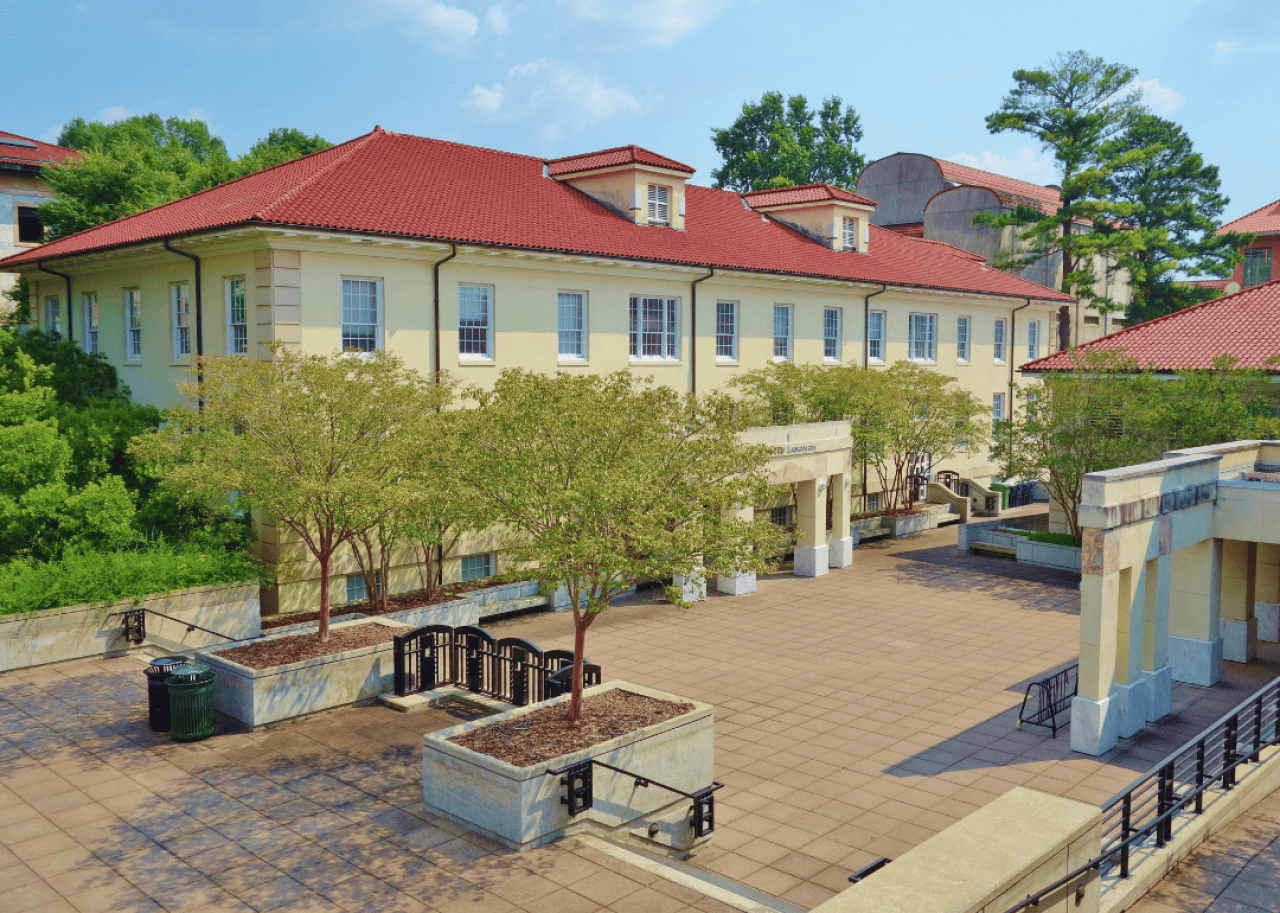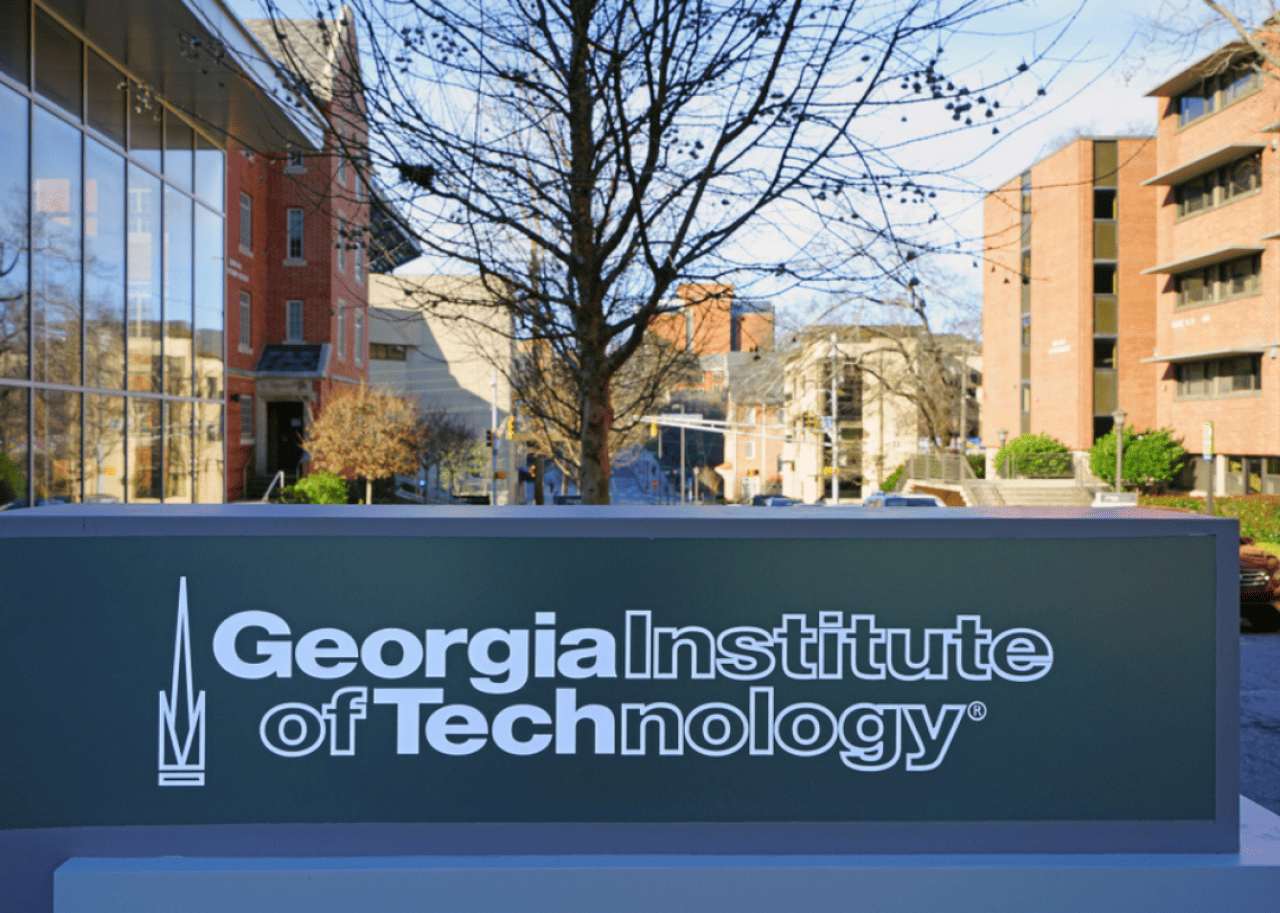Best colleges in big cities
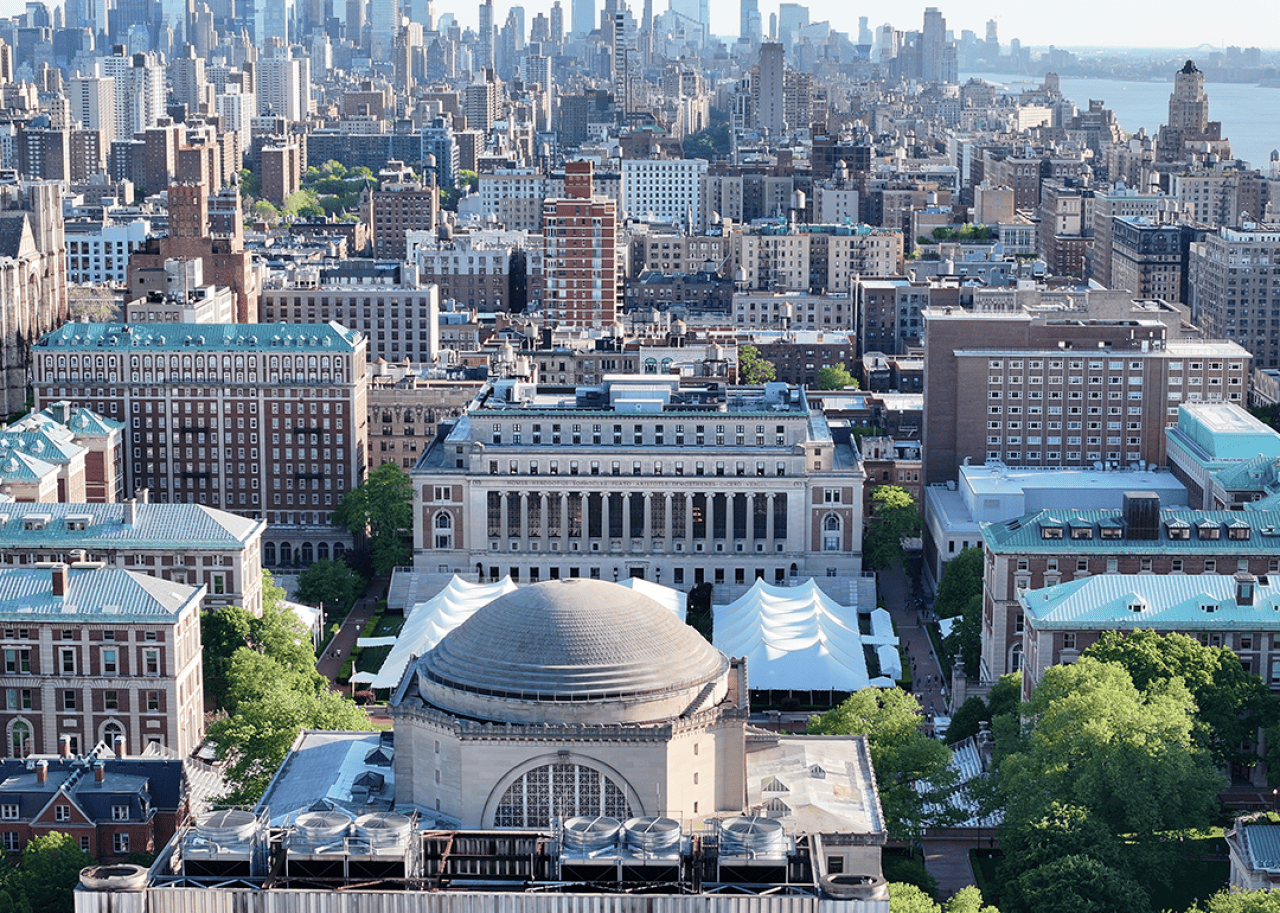
kai kang // Shutterstock
When they begin their college careers in the fall of 2025, the Class of 2029 will have put in a lot of work to get there. Major colleges nationwide experienced a significant surge in applications, with New York University and the University of Michigan setting new records.
Colleges increasingly opt to use the Common Application, which makes it easier for prospective students to apply to multiple schools. During the 2024-2025 application period, colleges received over 10 million applications, an 8% increase from the previous year. Prospective students applied to an average of 6.80 colleges, increasing schools’ applicant pools. Schools must then be even more selective with whom they admit, causing admission rates to decrease.
Schools in big cities, which offer students a sense of community along with the vibrancy of urban life, are no exception. In June 2025, the University of Pennsylvania in Philadelphia announced an acceptance rate of just 4.9%, its most selective year yet. Meanwhile, those who want to study in the Big Apple struggle to get accepted to New York University, which only admits 7.7% of applicants, down from 12.5% for the Class of 2026.
Unfortunately, that’s not where the challenges end. Attending college in a big city can be expensive, finding a decent place to live nightmarish, and the pace frenzied. But the payoff can be remarkable. Students gain real-life experience, establish professional contacts, secure internships, and access job opportunities. They can also join urban community projects and participate in inner-city activism, which can be difficult to replicate in a classroom or on a remote bucolic campus.
Some big-city schools emphasize experiential learning, designing curricula that send students into the local workforce to supplement their academics. Living in a big city during college can make it easier to transition into a career based in an urban environment. Many big-city schools take great pride in their high post-graduation employment rates and rates of those going on to graduate or professional schools.
On a less academic note, students in big cities have the opportunity to expand their horizons through the many amenities of their cities, including a wealth of restaurants, bars, brewpubs, world-class museums, and musical performances.
Stacker ranked the best colleges in big cities using 2025 data from Niche. Colleges in the towns with populations of more than 300,000 were considered, drawing data from the Census Bureau. Niche ranks schools based on various factors, including academics, admissions, financial value, and student life. Niche’s methodology can be found here.
Read on to learn more about the best big-city schools in the country.
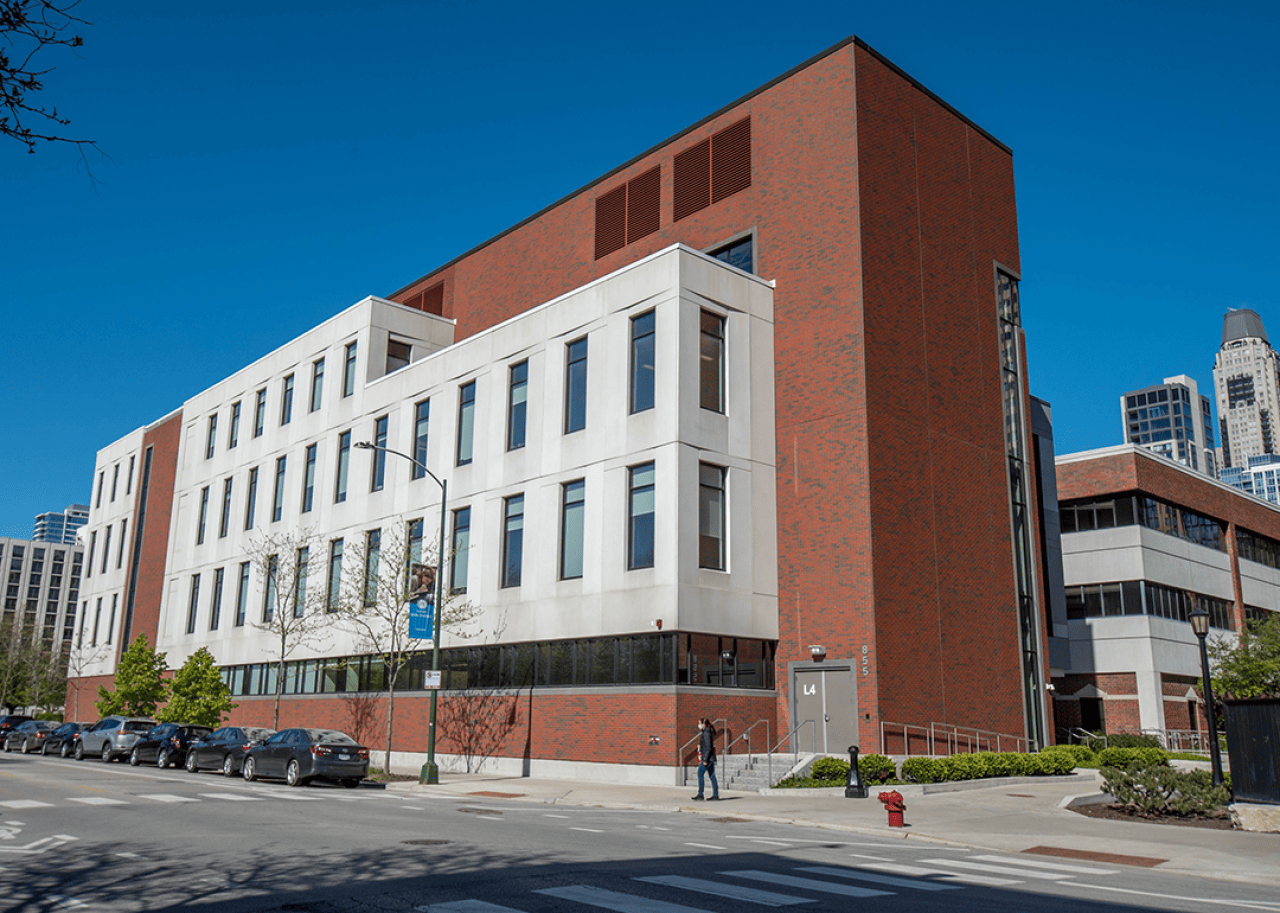
ChicagoPhotographer // Shutterstock
#50. Moody Bible Institute
– Location: Chicago, IL
— Population: 2,721,308
– Overall Niche grade: A-
– Full-time undergraduate enrollment: 1,270
– Student-to-faculty ratio: 12:1
– Acceptance rate: 98%
– Typical SAT range: 990-1200

PeopleImages // Shutterstock
#49. Stanbridge University – Orange County
– Location: Irvine, CA
— Population: 318,683
– Overall Niche grade: A-
– Full-time undergraduate enrollment: 2,373
– Student-to-faculty ratio: 21:1
– Acceptance rate: 20%
– Typical SAT range: not available
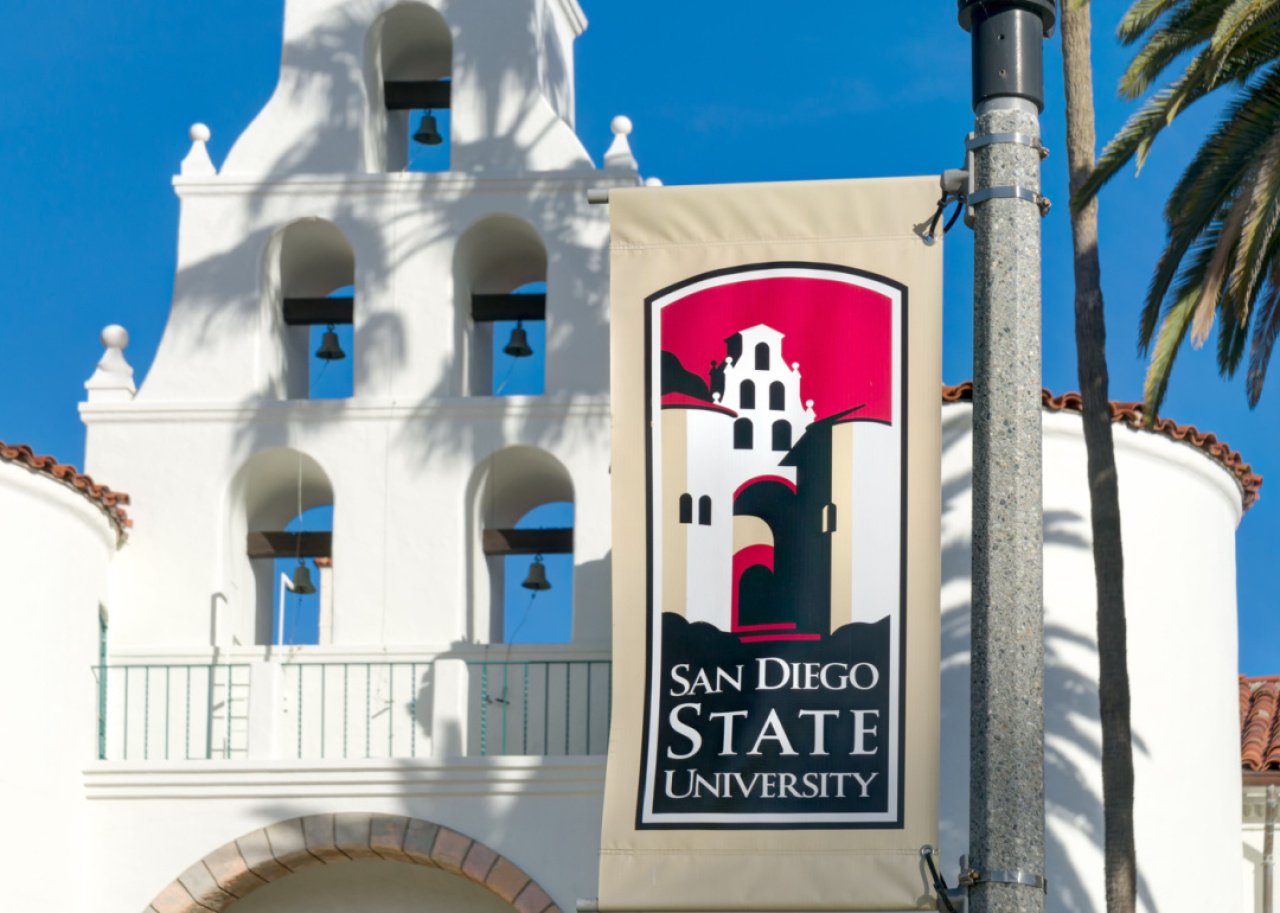
Ken Wolter // Shutterstock
#48. San Diego State University
– Location: San Diego, CA
— Population: 1,404,452
– Overall Niche grade: A-
– Full-time undergraduate enrollment: 30,228
– Student-to-faculty ratio: 23:1
– Acceptance rate: 34%
– Typical SAT range: 1090-1300
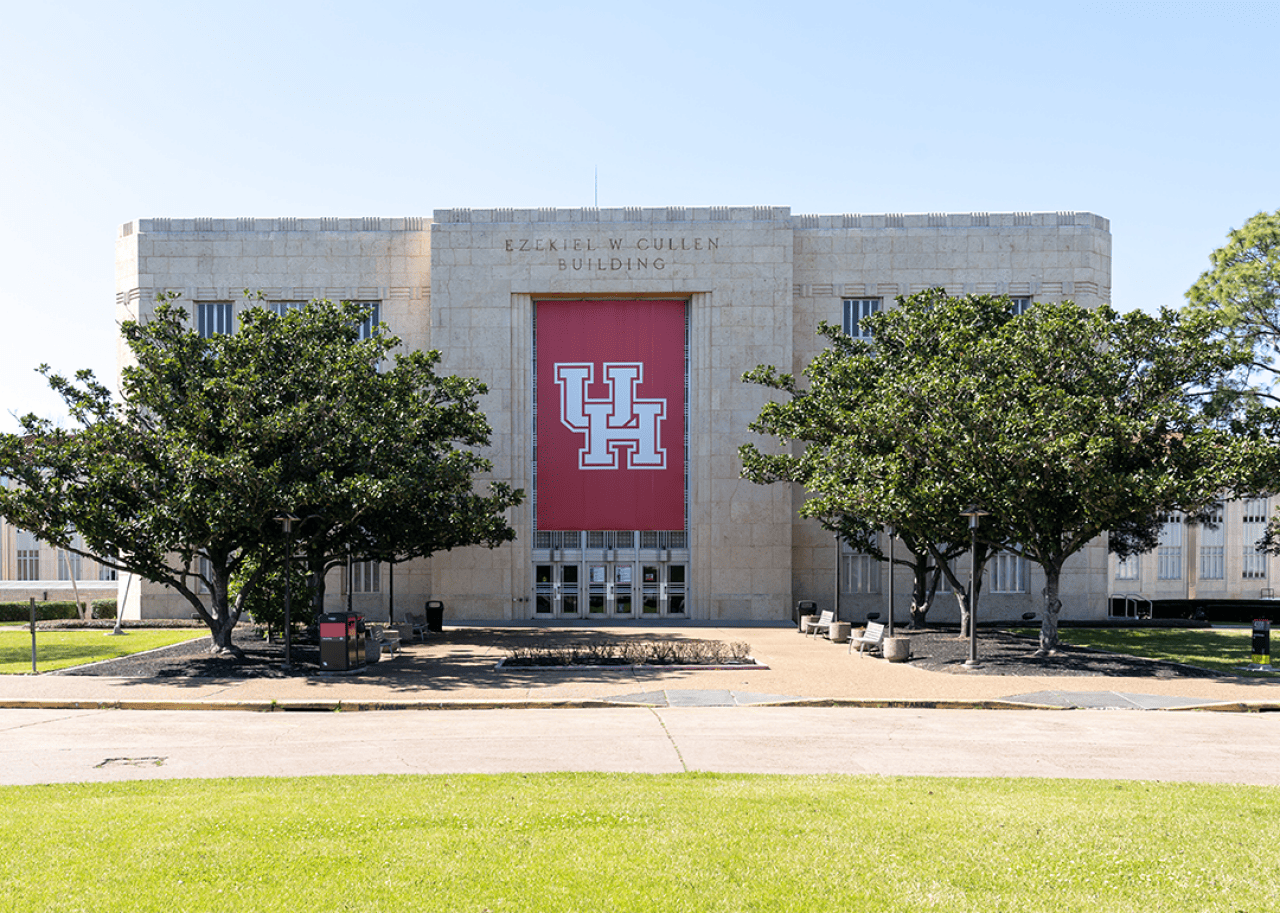
JHVEPhoto // Shutterstock
#47. University of Houston
– Location: Houston, TX
— Population: 2,390,125
– Overall Niche grade: A-
– Full-time undergraduate enrollment: 27,798
– Student-to-faculty ratio: 18:1
– Acceptance rate: 70%
– Typical SAT range: 1150-1330

Wangkun Jia // Shutterstock
#46. University of Arizona
– Location: Tucson, AZ
— Population: 554,013
– Overall Niche grade: A-
– Full-time undergraduate enrollment: 34,237
– Student-to-faculty ratio: 15:1
– Acceptance rate: 86%
– Typical SAT range: 1160-1420
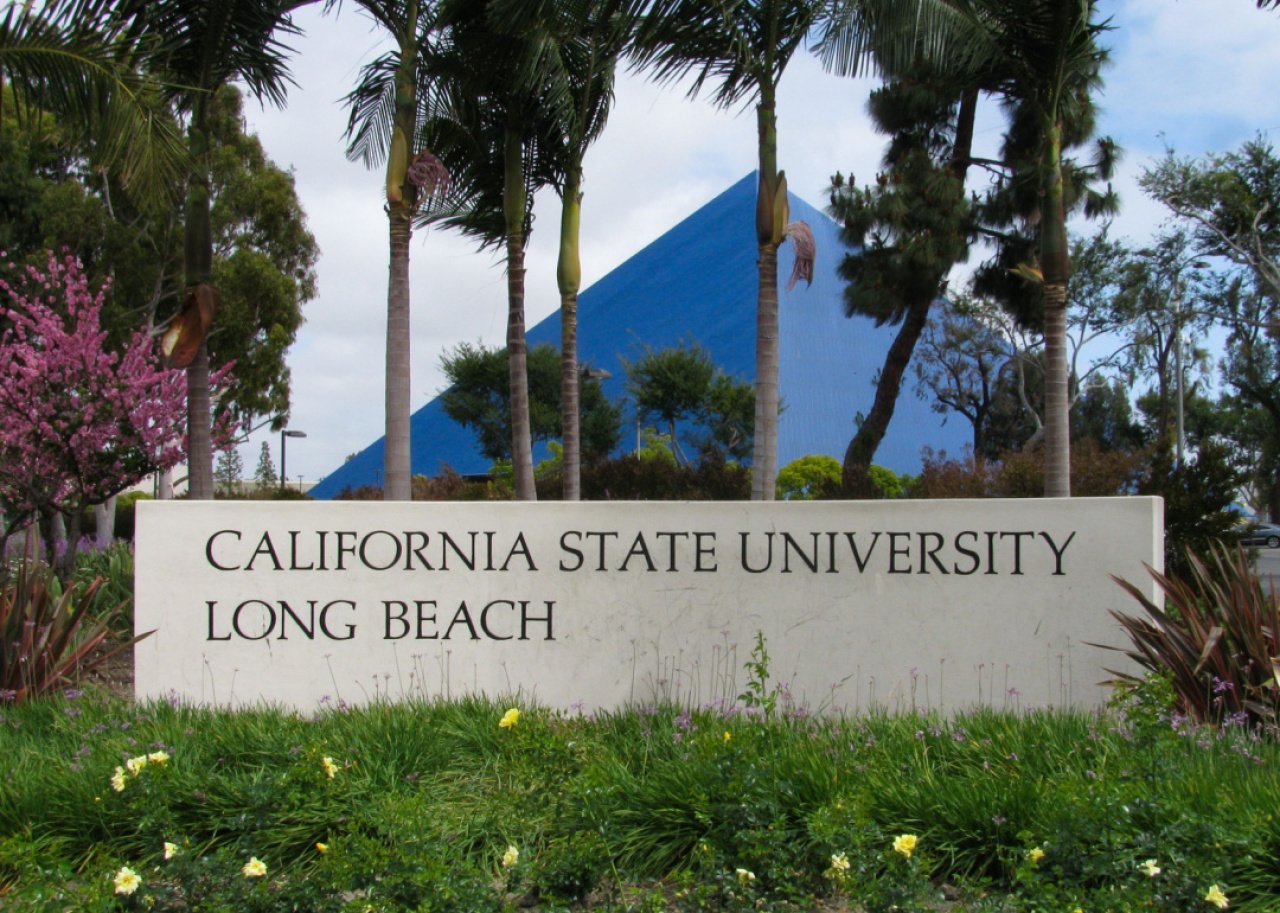
Underawesternsky // Shutterstock
#45. California State University – Long Beach
– Location: Long Beach, CA
— Population: 450,901
– Overall Niche grade: A-
– Full-time undergraduate enrollment: 28,962
– Student-to-faculty ratio: 20:1
– Acceptance rate: 47%
– Typical SAT range: 1020-1240

GaudiLab // Shutterstock
#44. College of Saint Mary
– Location: Omaha, NE
— Population: 489,265
– Overall Niche grade: A-
– Full-time undergraduate enrollment: 502
– Student-to-faculty ratio: 5:1
– Acceptance rate: 44%
– Typical SAT range: not available

Kit Leong // Shutterstock
#43. Occidental College
– Location: Los Angeles, CA
— Population: 3,878,704
– Overall Niche grade: A-
– Full-time undergraduate enrollment: 1,858
– Student-to-faculty ratio: 8:1
– Acceptance rate: 40%
– Typical SAT range: 1360-1500
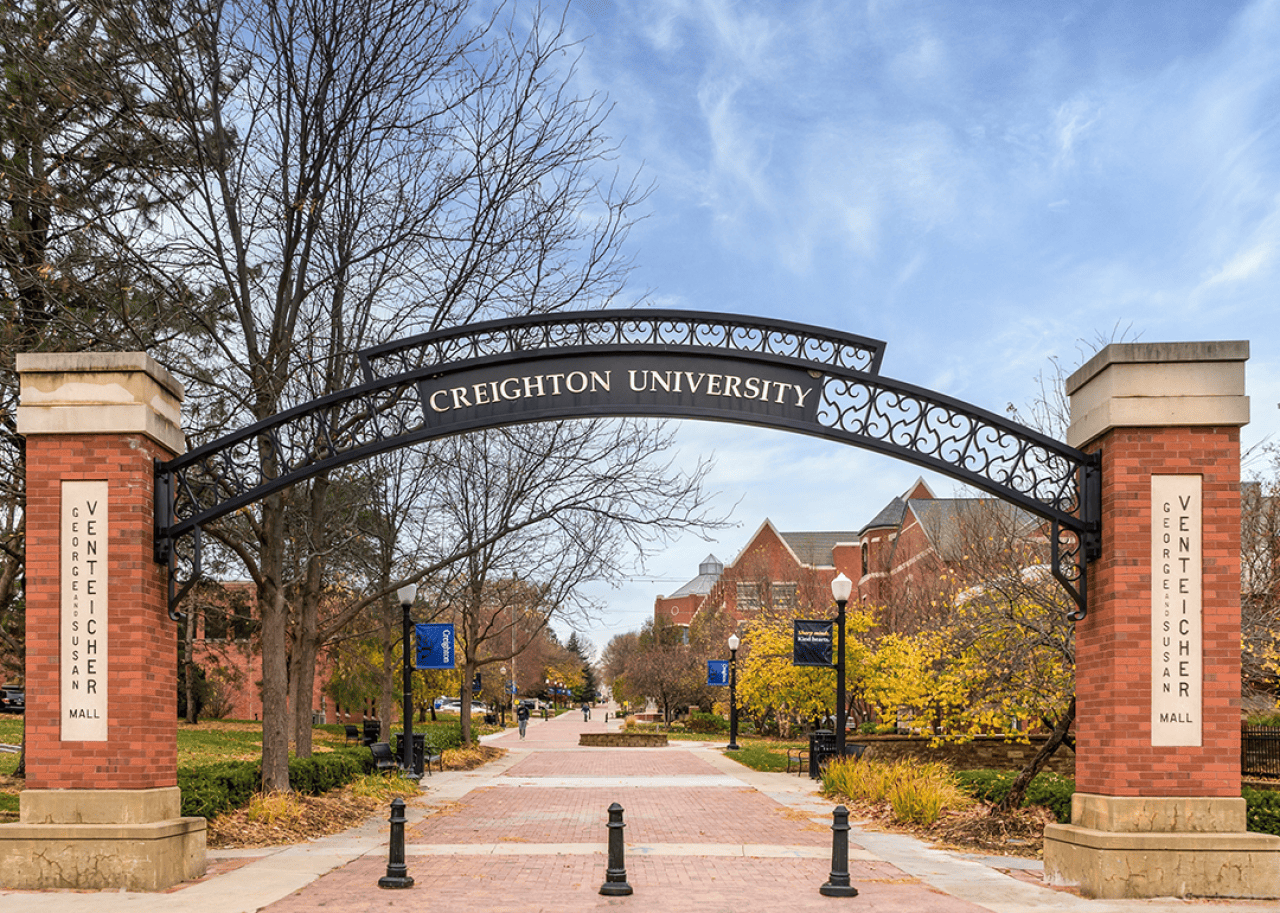
Ken Wolter // Shutterstock
#42. Creighton University
– Location: Omaha, NE
— Population: 489,265
– Overall Niche grade: A-
– Full-time undergraduate enrollment: 4,160
– Student-to-faculty ratio: 6:1
– Acceptance rate: 73%
– Typical SAT range: 1210-1400

CarlosBarquero // Shutterstock
#41. Oklahoma City University
– Location: Oklahoma City, OK
— Population: 712,919
– Overall Niche grade: A-
– Full-time undergraduate enrollment: 1,389
– Student-to-faculty ratio: 6:1
– Acceptance rate: 70%
– Typical SAT range: not available
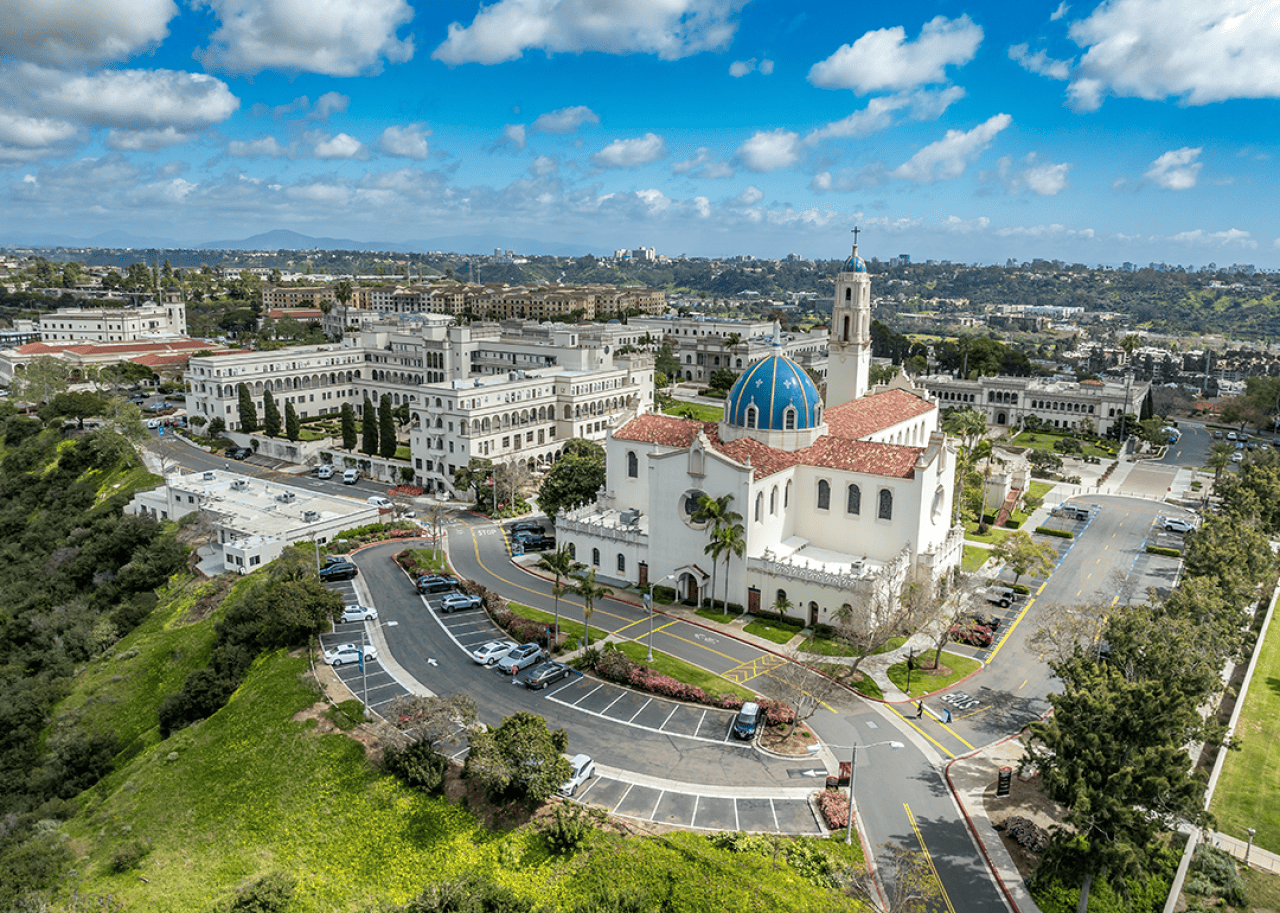
tokar // Shutterstock
#40. University of San Diego
– Location: San Diego, CA
— Population: 1,404,452
– Overall Niche grade: A-
– Full-time undergraduate enrollment: 5,851
– Student-to-faculty ratio: 9:1
– Acceptance rate: 47%
– Typical SAT range: 1190-1370
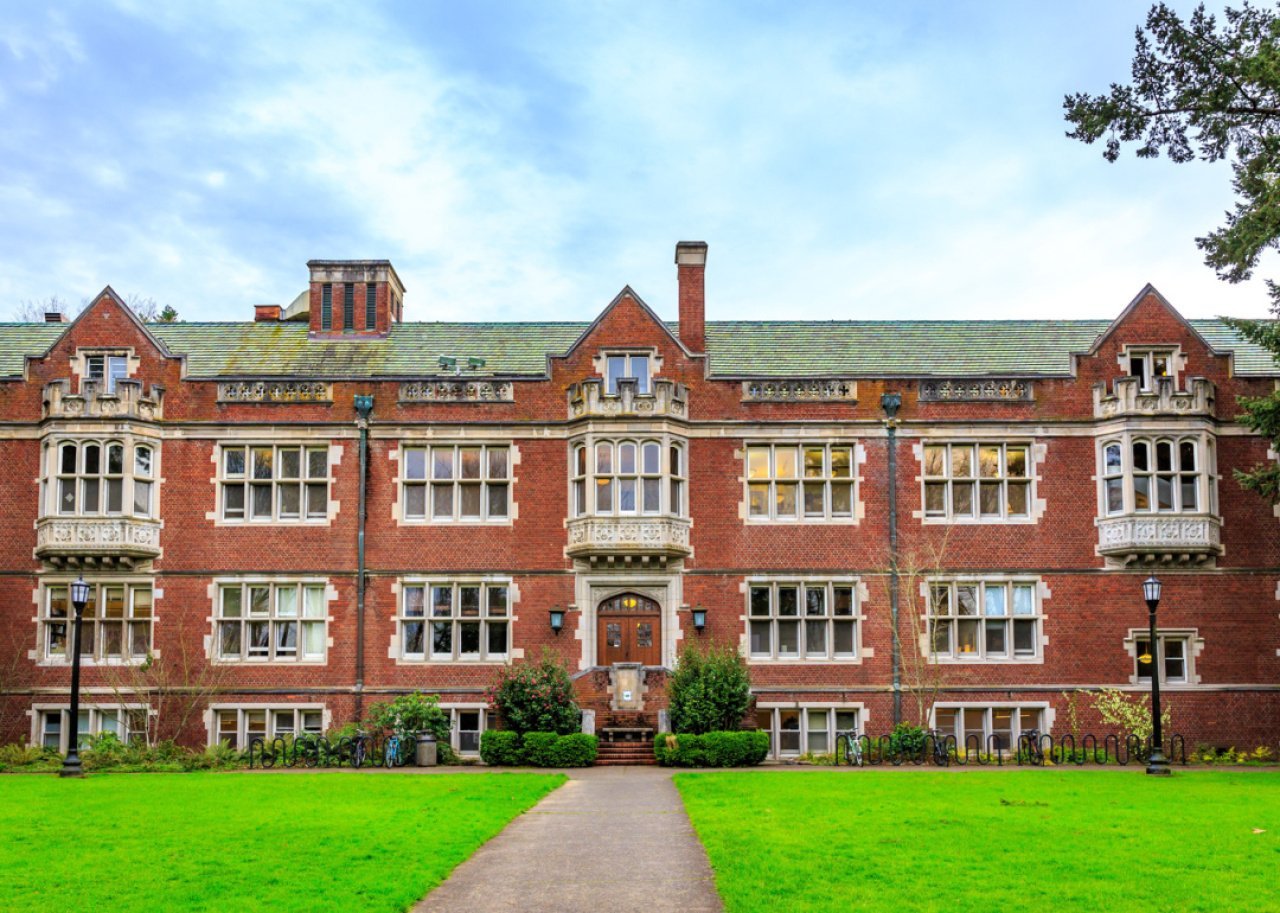
Png Studio Photography // Shutterstock
#39. Reed College
– Location: Portland, OR
— Population: 635,749
– Overall Niche grade: A-
– Full-time undergraduate enrollment: 1,404
– Student-to-faculty ratio: 8:1
– Acceptance rate: 26%
– Typical SAT range: 1300-1510
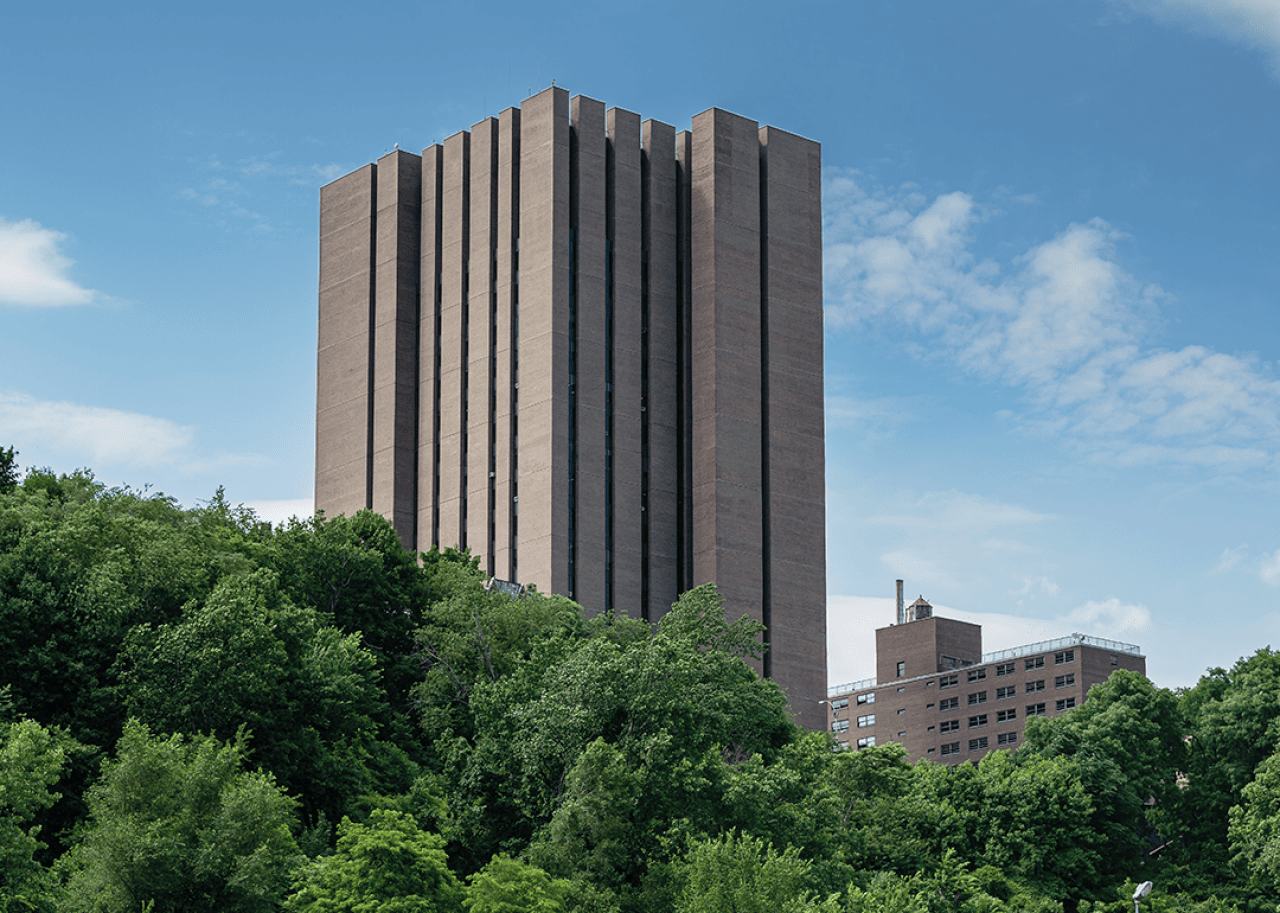
Roy Harris // Shutterstock
#38. Yeshiva University
– Location: New York, NY
— Population: 8,478,072
– Overall Niche grade: A
– Full-time undergraduate enrollment: 2,922
– Student-to-faculty ratio: 5:1
– Acceptance rate: 64%
– Typical SAT range: 1320-1500
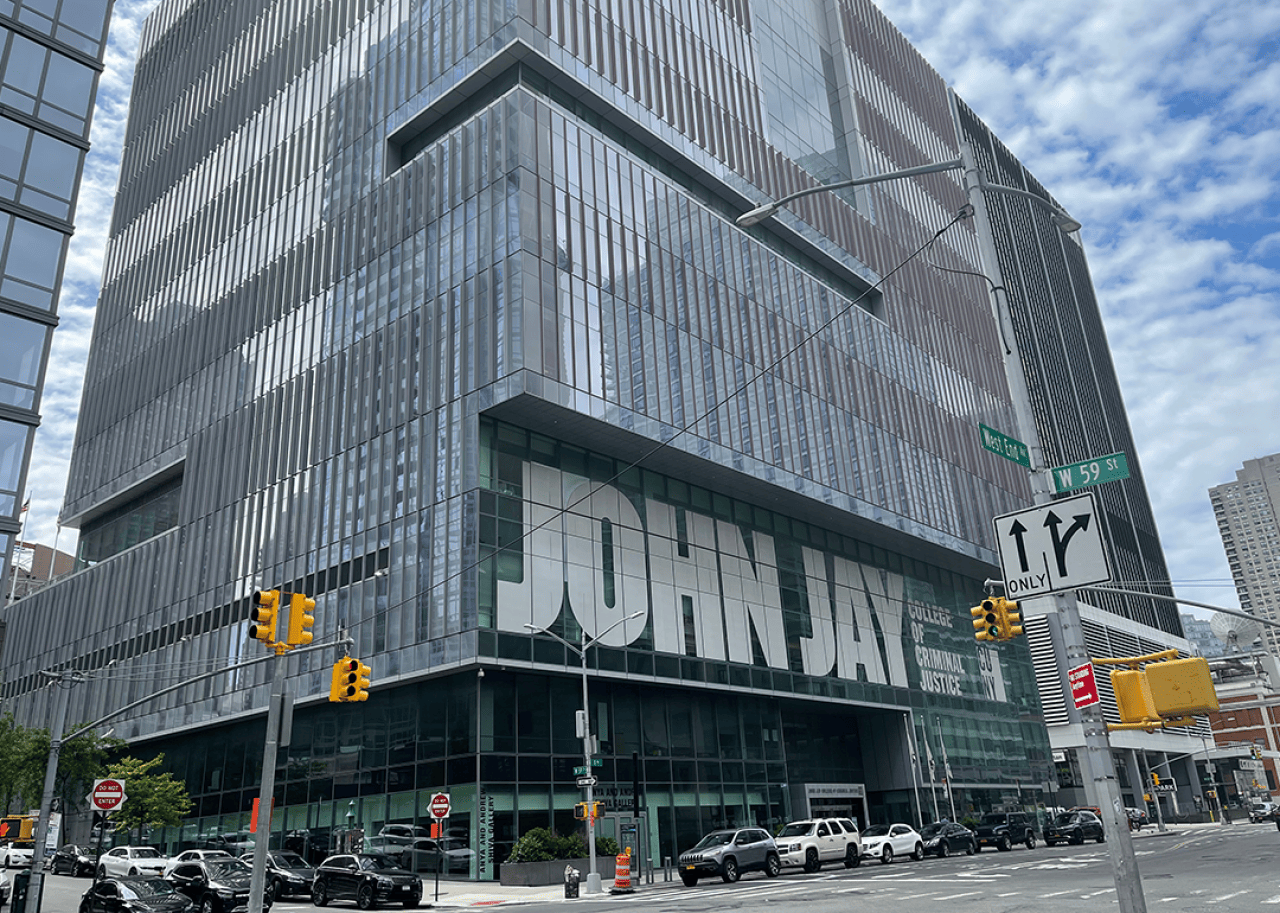
Xackery Irving // Shutterstock
#37. CUNY John Jay College of Criminal Justice
– Location: New York, NY
— Population: 8,478,072
– Overall Niche grade: A
– Full-time undergraduate enrollment: 9,507
– Student-to-faculty ratio: 16:1
– Acceptance rate: 57%
– Typical SAT range: 1000-1250
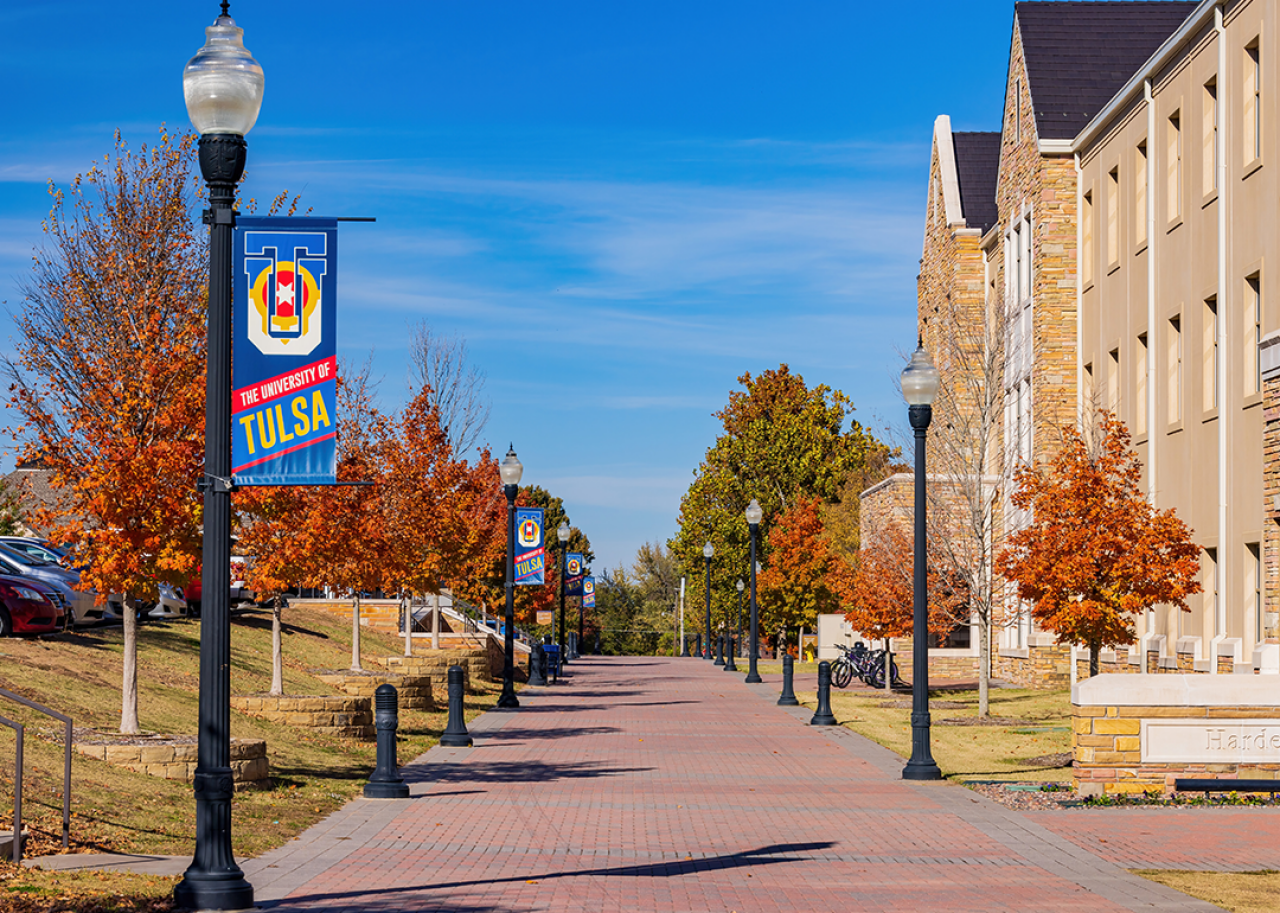
Kit Leong // Shutterstock
#36. The University of Tulsa
– Location: Tulsa, OK
— Population: 415,154
– Overall Niche grade: A
– Full-time undergraduate enrollment: 2,288
– Student-to-faculty ratio: 7:1
– Acceptance rate: 58%
– Typical SAT range: 1150-1490
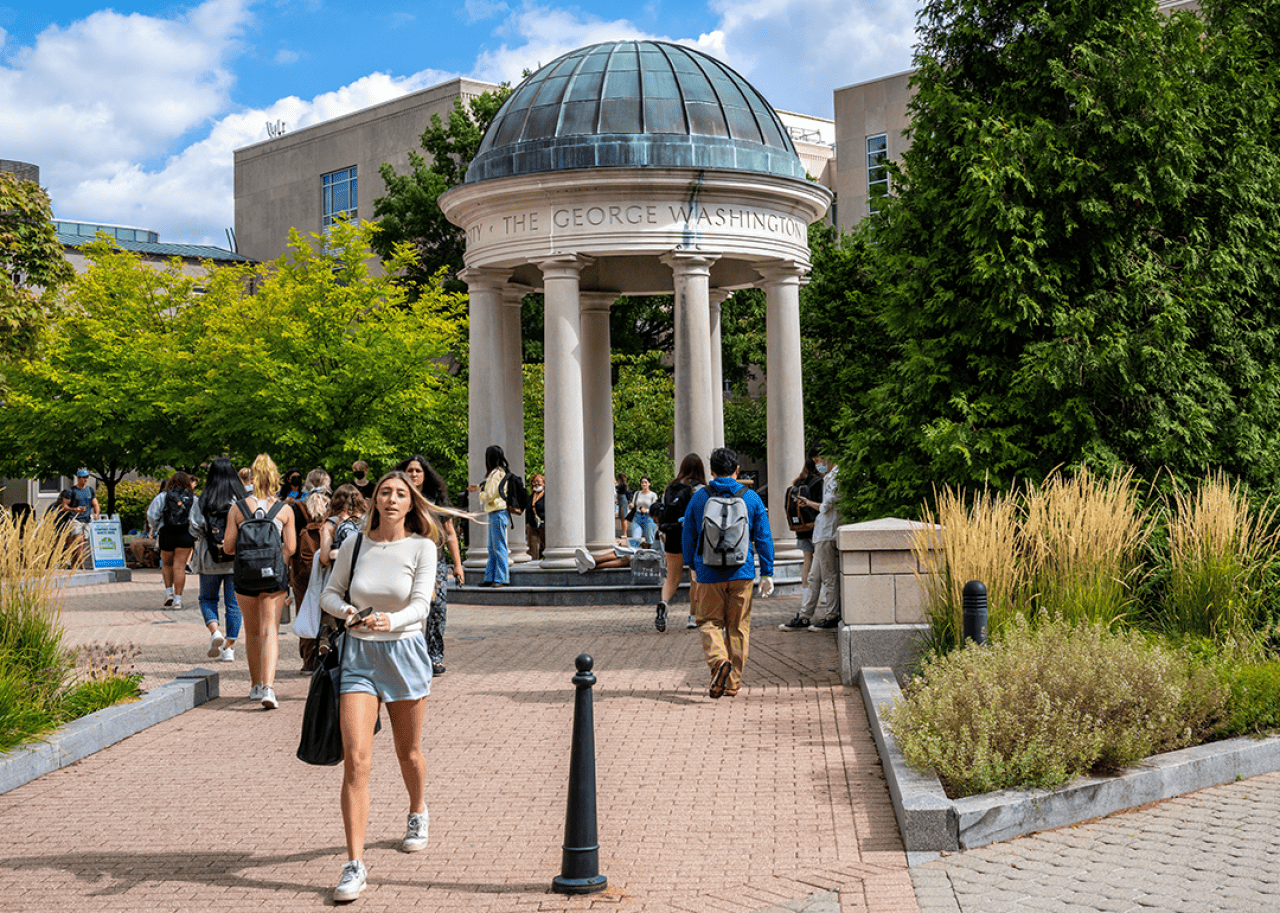
Rosemarie Mosteller // Shutterstock
#35. George Washington University
– Location: Washington, DC
— Population: 702,250
– Overall Niche grade: A
– Full-time undergraduate enrollment: 10,386
– Student-to-faculty ratio: 6:1
– Acceptance rate: 44%
– Typical SAT range: 1350-1500
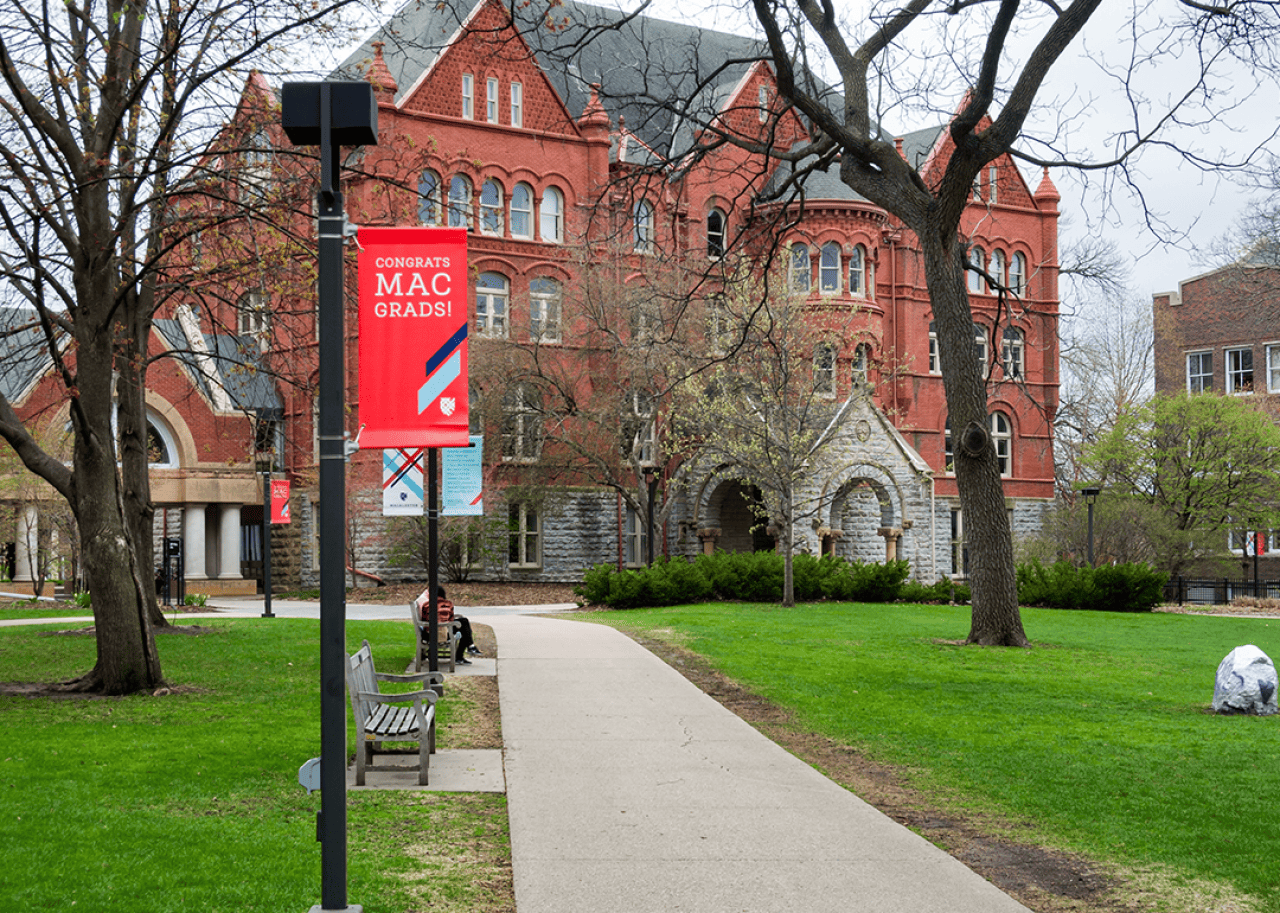
Ken Wolter // Shutterstock
#34. Macalester College
– Location: Saint Paul, MN
— Population: 307,465
– Overall Niche grade: A
– Full-time undergraduate enrollment: 2,106
– Student-to-faculty ratio: 10:1
– Acceptance rate: 28%
– Typical SAT range: 1350-1510
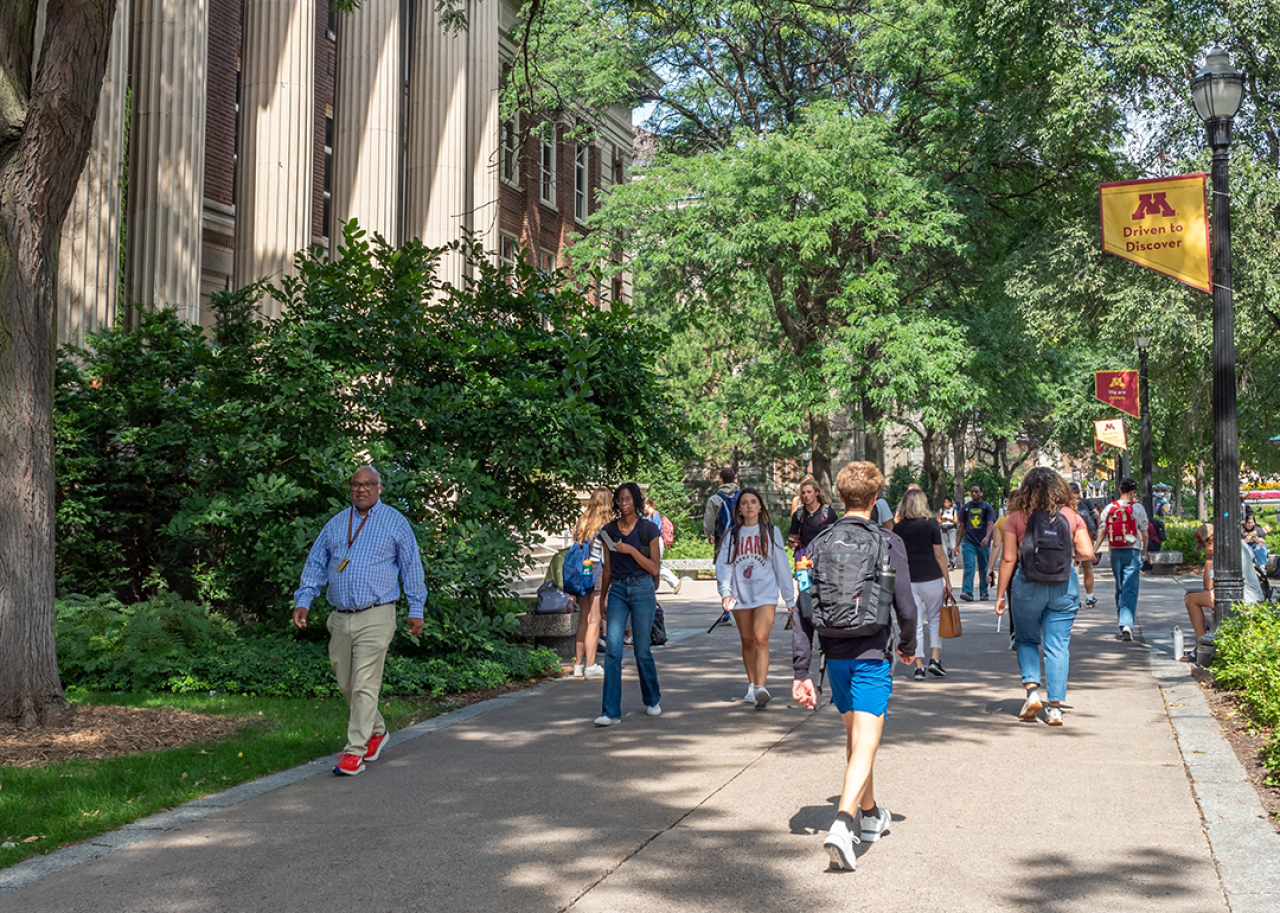
Ken Wolter // Shutterstock
#33. University of Minnesota Twin Cities
– Location: Minneapolis, MN
— Population: 428,579
– Overall Niche grade: A
– Full-time undergraduate enrollment: 29,124
– Student-to-faculty ratio: 8:1
– Acceptance rate: 77%
– Typical SAT range: 1310-1480
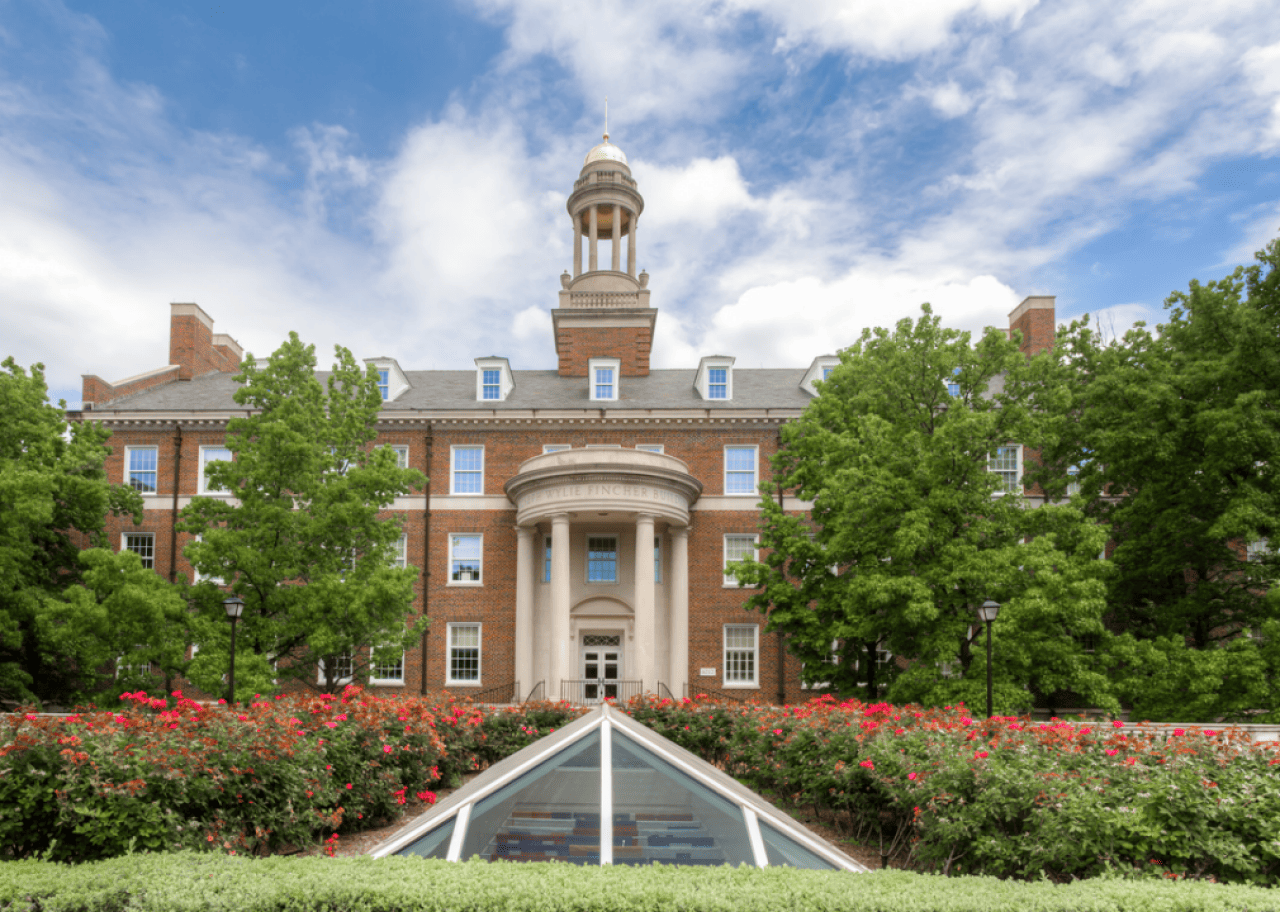
Ken Wolter // Shutterstock
#32. Southern Methodist University
– Location: Dallas, TX
— Population: 1,326,087
– Overall Niche grade: A
– Full-time undergraduate enrollment: 6,948
– Student-to-faculty ratio: 8:1
– Acceptance rate: 61%
– Typical SAT range: 1320-1480
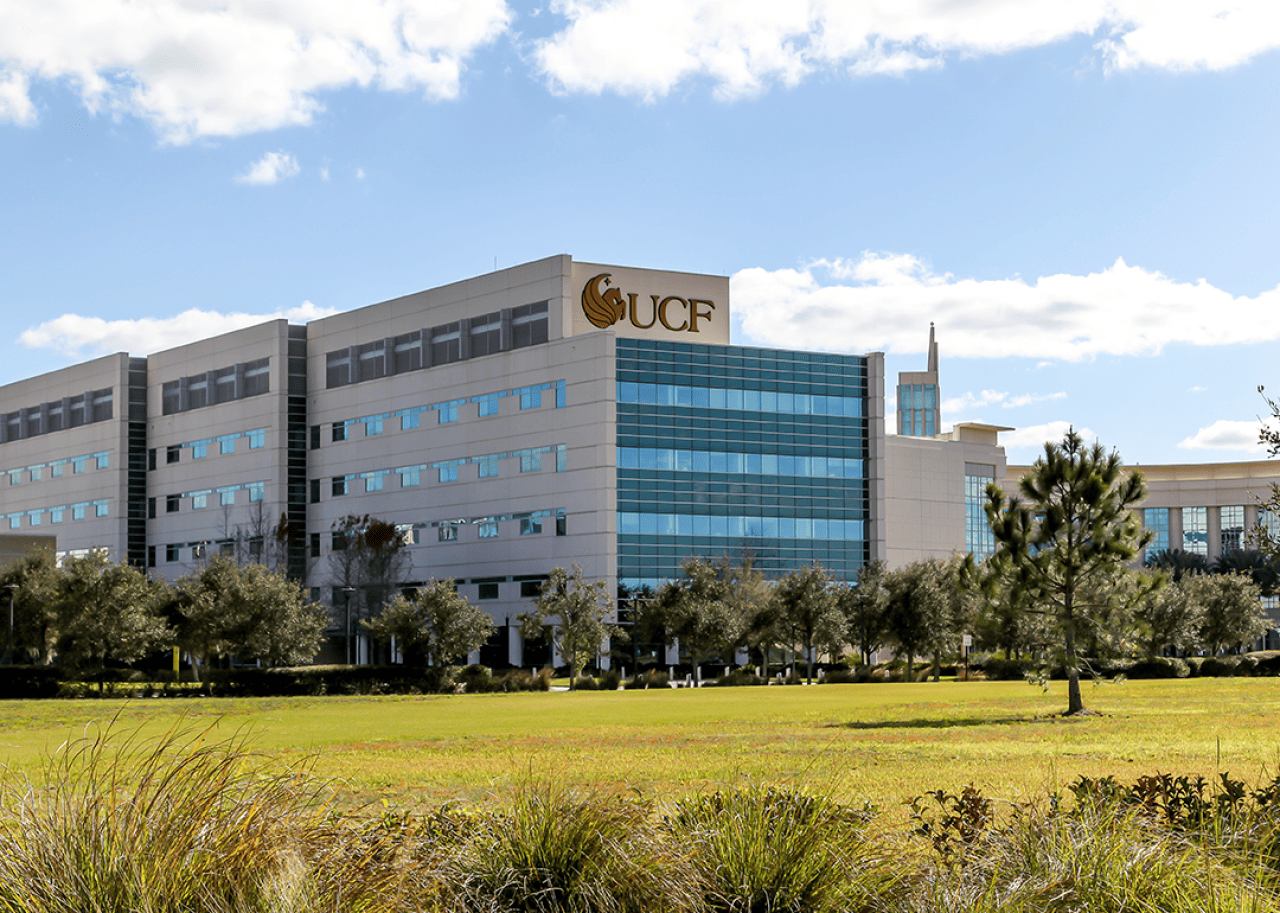
JHVEPhoto // Shutterstock
#31. University of Central Florida
– Location: Orlando, FL
— Population: 334,854
– Overall Niche grade: A
– Full-time undergraduate enrollment: 41,654
– Student-to-faculty ratio: 26:1
– Acceptance rate: 40%
– Typical SAT range: 1190-1350
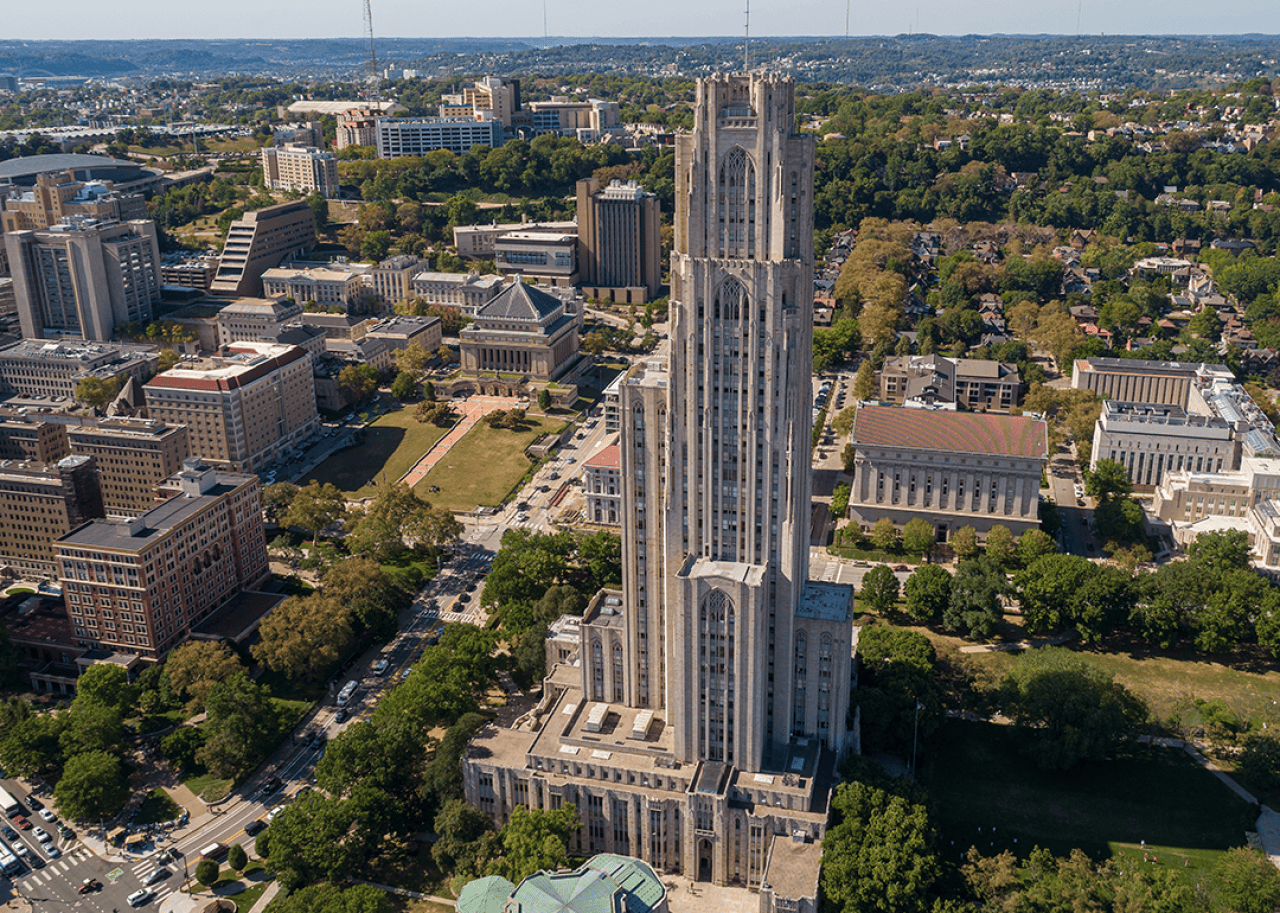
Christian Hinkle // Shutterstock
#30. University of Pittsburgh
– Location: Pittsburgh, PA
— Population: 307,668
– Overall Niche grade: A
– Full-time undergraduate enrollment: 19,618
– Student-to-faculty ratio: 4:1
– Acceptance rate: 50%
– Typical SAT range: 1270-1450
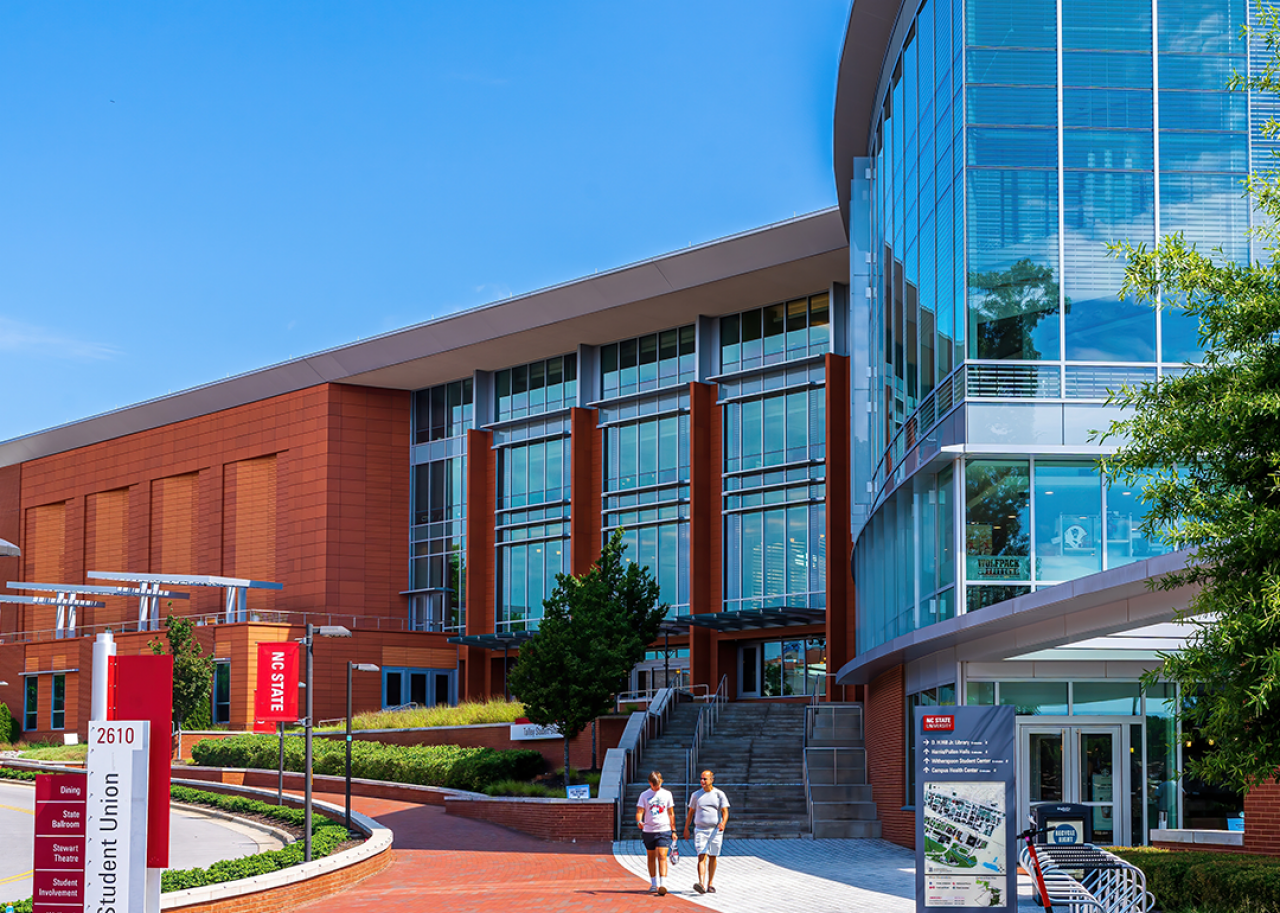
Wileydoc // Shutterstock
#29. North Carolina State University
– Location: Raleigh, NC
— Population: 499,825
– Overall Niche grade: A
– Full-time undergraduate enrollment: 25,989
– Student-to-faculty ratio: 13:1
– Acceptance rate: 40%
– Typical SAT range: 1300-1460
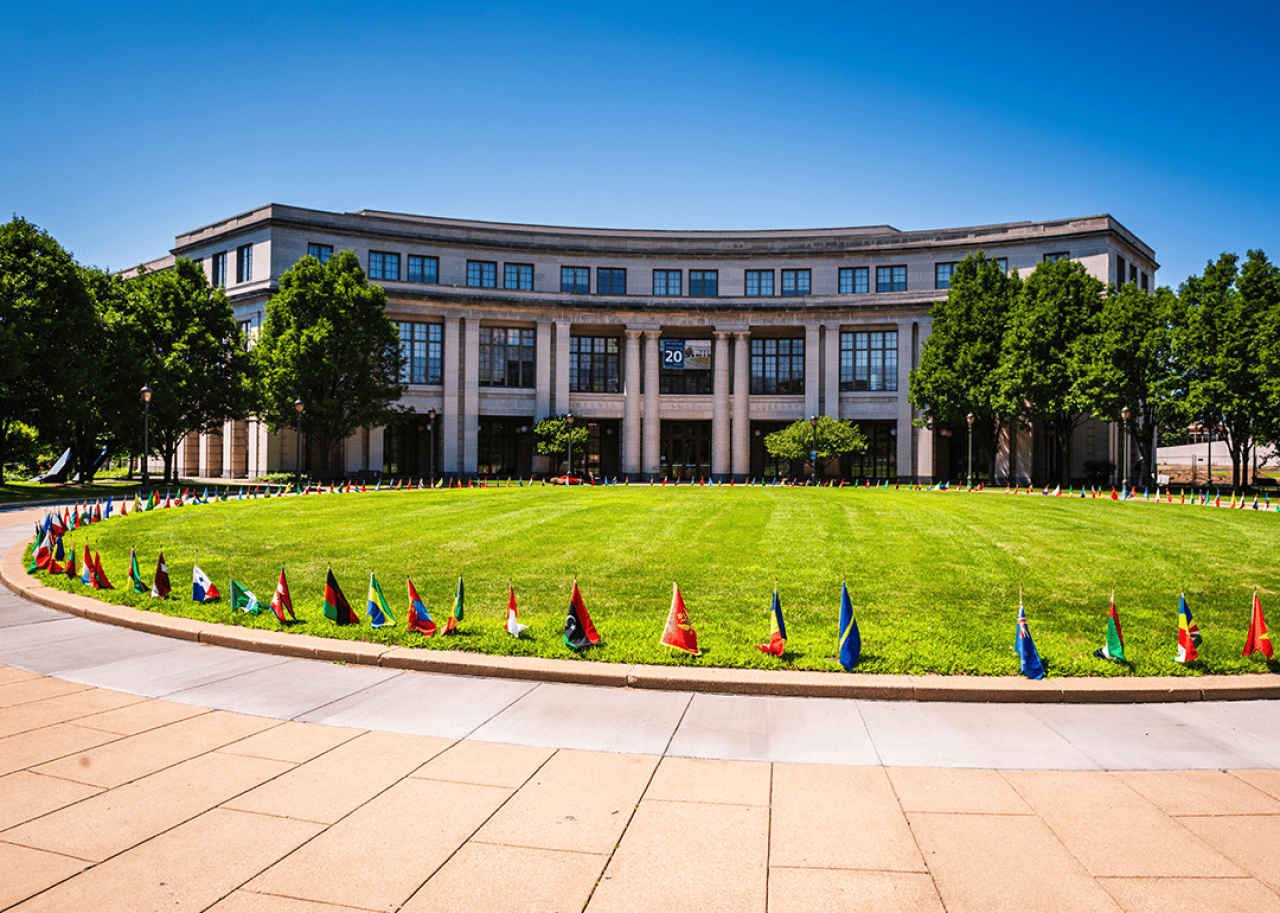
Sandra Foyt // Shutterstock
#28. Case Western Reserve University
– Location: Cleveland, OH
— Population: 365,379
– Overall Niche grade: A
– Full-time undergraduate enrollment: 6,093
– Student-to-faculty ratio: 5:1
– Acceptance rate: 29%
– Typical SAT range: 1430-1540
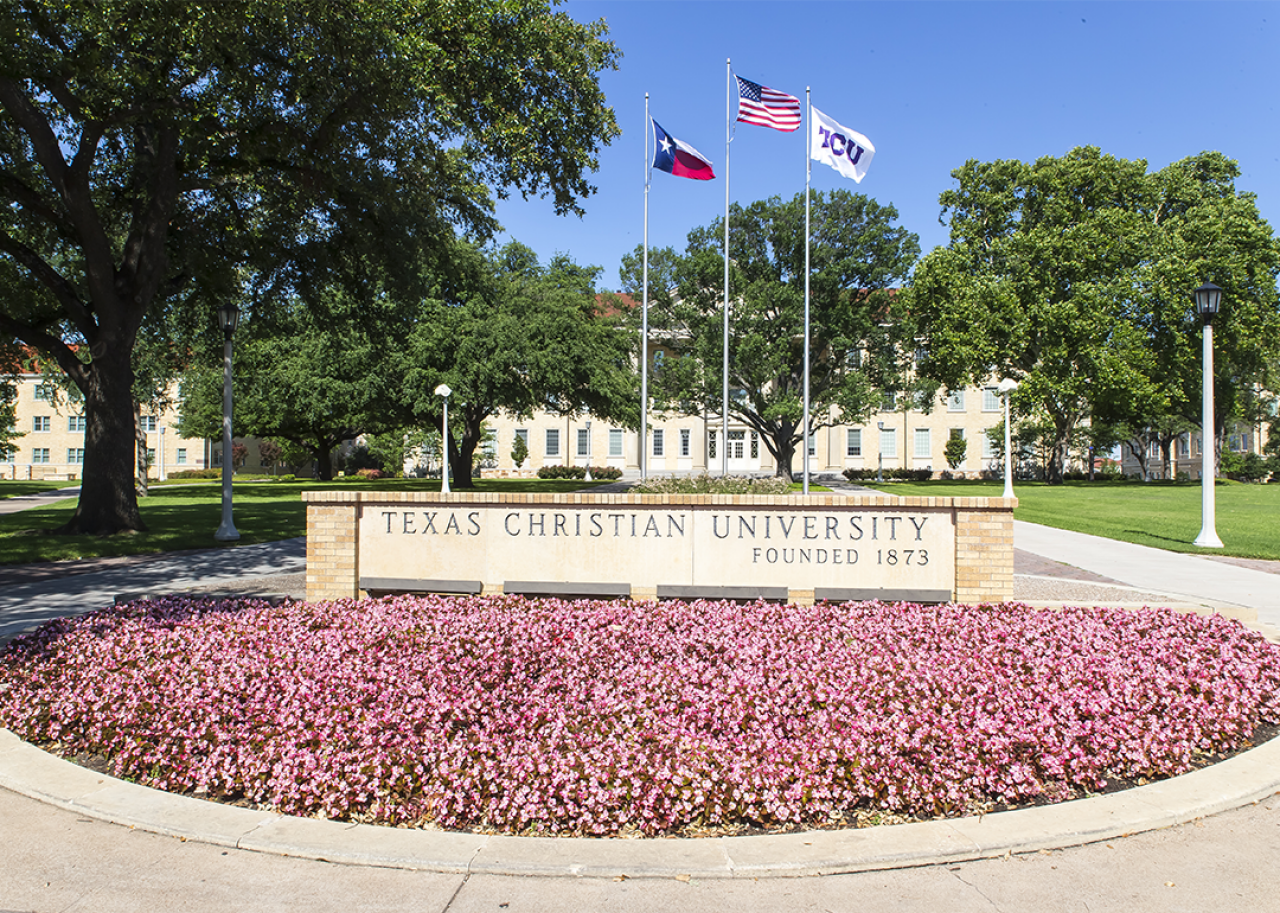
Grindstone Media Group // Shutterstock
#27. Texas Christian University
– Location: Fort Worth, TX
— Population: 1,008,106
– Overall Niche grade: A
– Full-time undergraduate enrollment: 11,049
– Student-to-faculty ratio: 12:1
– Acceptance rate: 43%
– Typical SAT range: 1150-1380
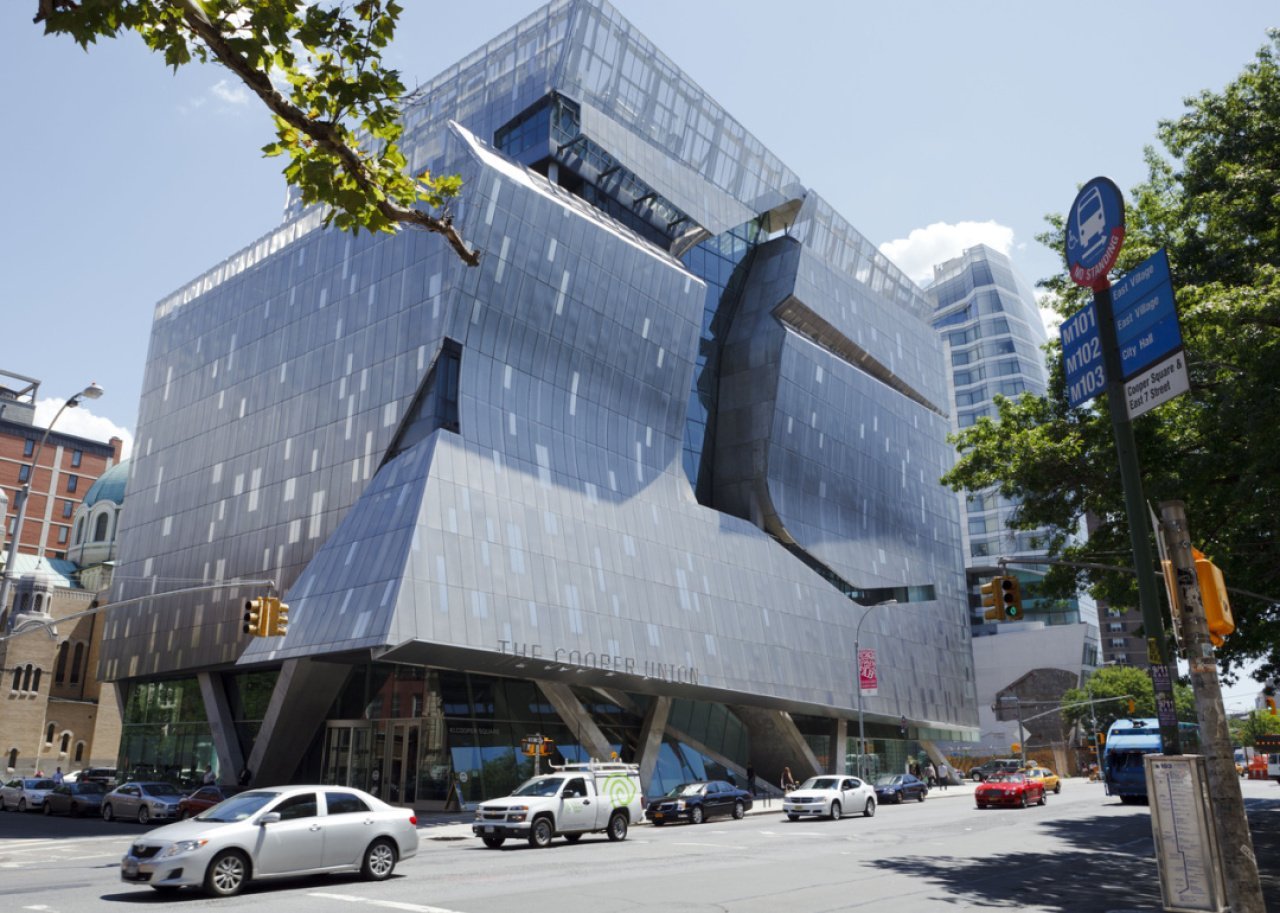
DW labs Incorporated // Shutterstock
#26. The Cooper Union for the Advancement of Science and Art
– Location: New York, NY
— Population: 8,478,072
– Overall Niche grade: A
– Full-time undergraduate enrollment: 899
– Student-to-faculty ratio: 8:1
– Acceptance rate: 19%
– Typical SAT range: 1400-1520
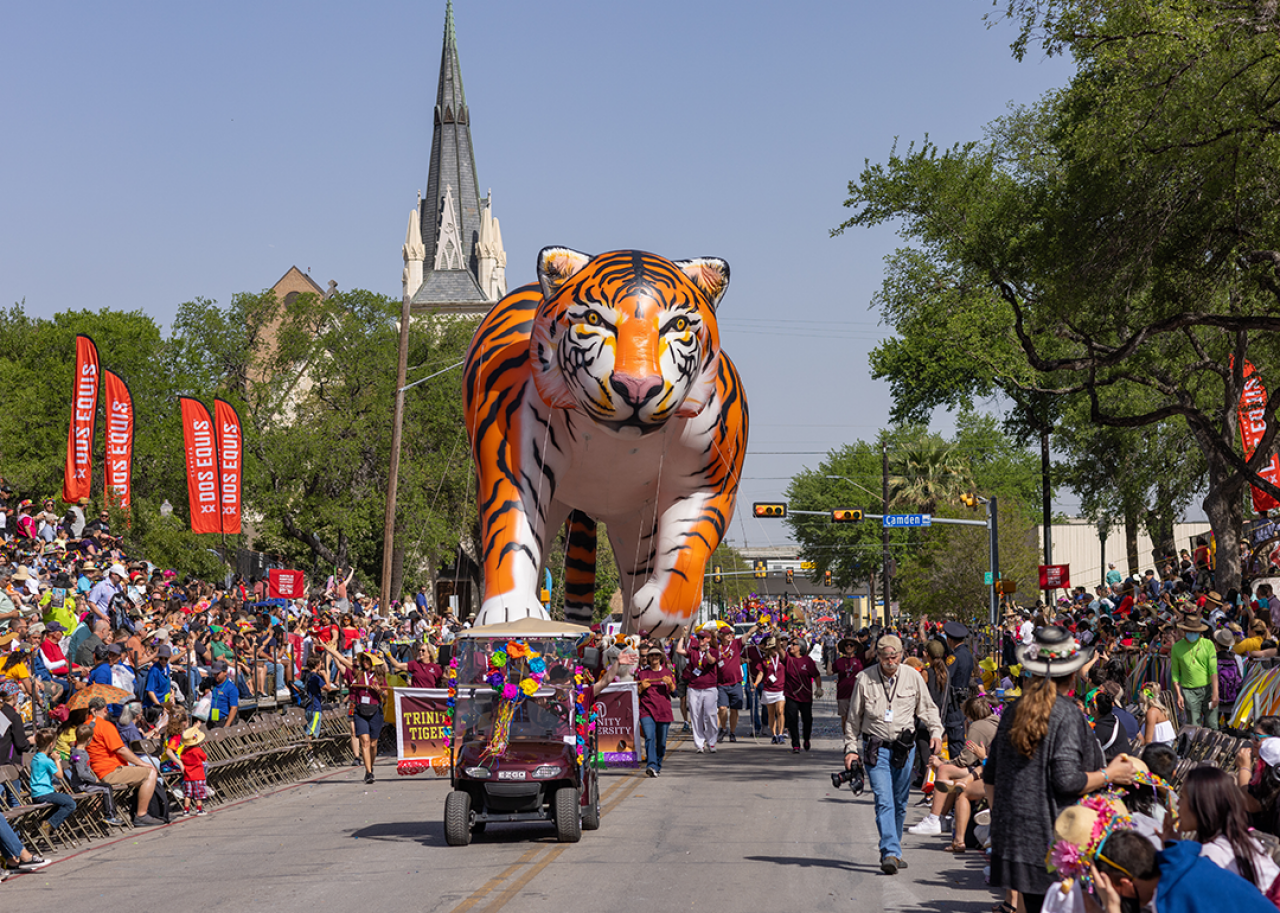
Roberto Galan // Shutterstock
#25. Trinity University
– Location: San Antonio, TX
— Population: 1,526,656
– Overall Niche grade: A+
– Full-time undergraduate enrollment: 2,481
– Student-to-faculty ratio: 8:1
– Acceptance rate: 28%
– Typical SAT range: 1320-1470
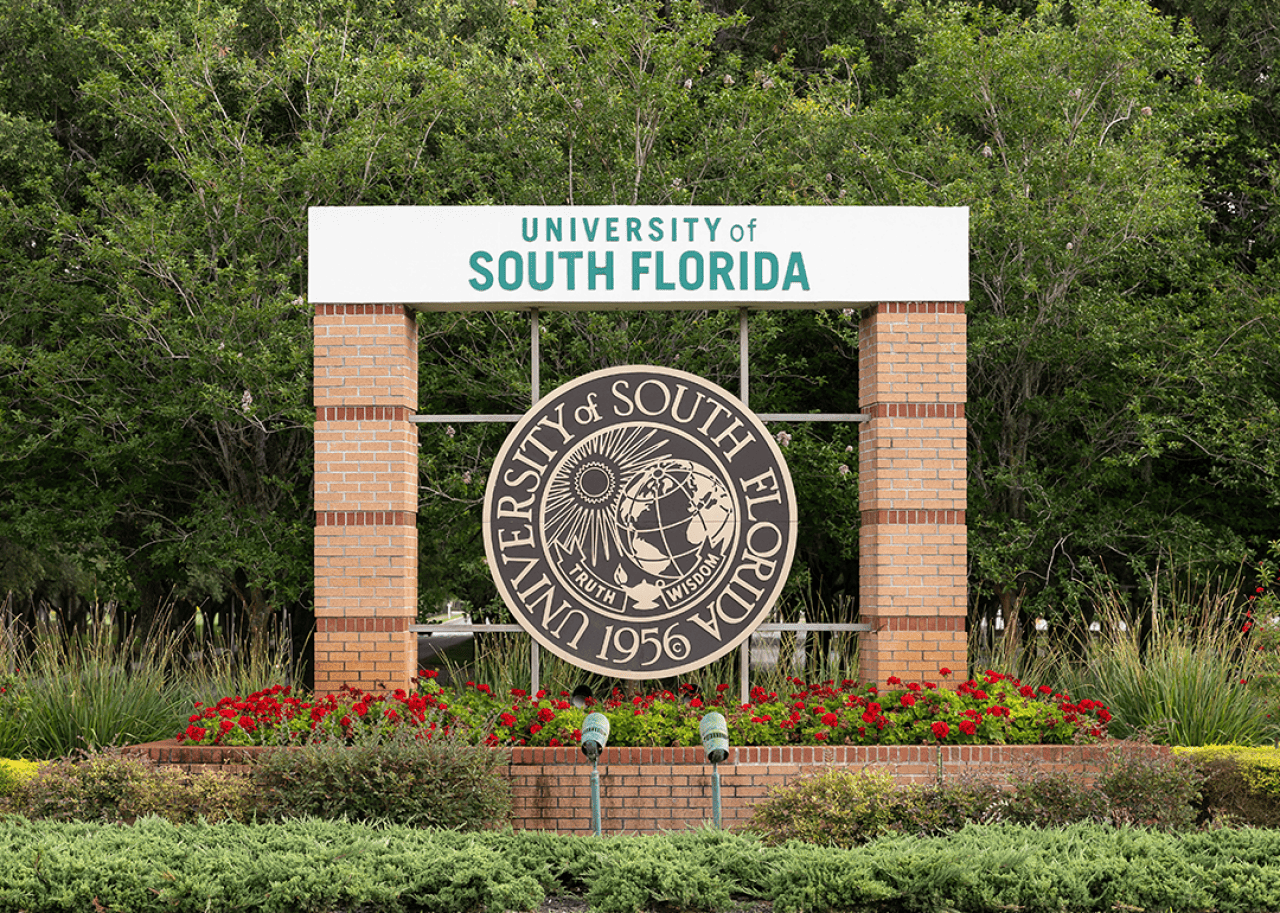
Joseph Hendrickson // Shutterstock
#24. University of South Florida
– Location: Tampa, FL
— Population: 414,547
– Overall Niche grade: A+
– Full-time undergraduate enrollment: 30,184
– Student-to-faculty ratio: 13:1
– Acceptance rate: 41%
– Typical SAT range: 1140-1330
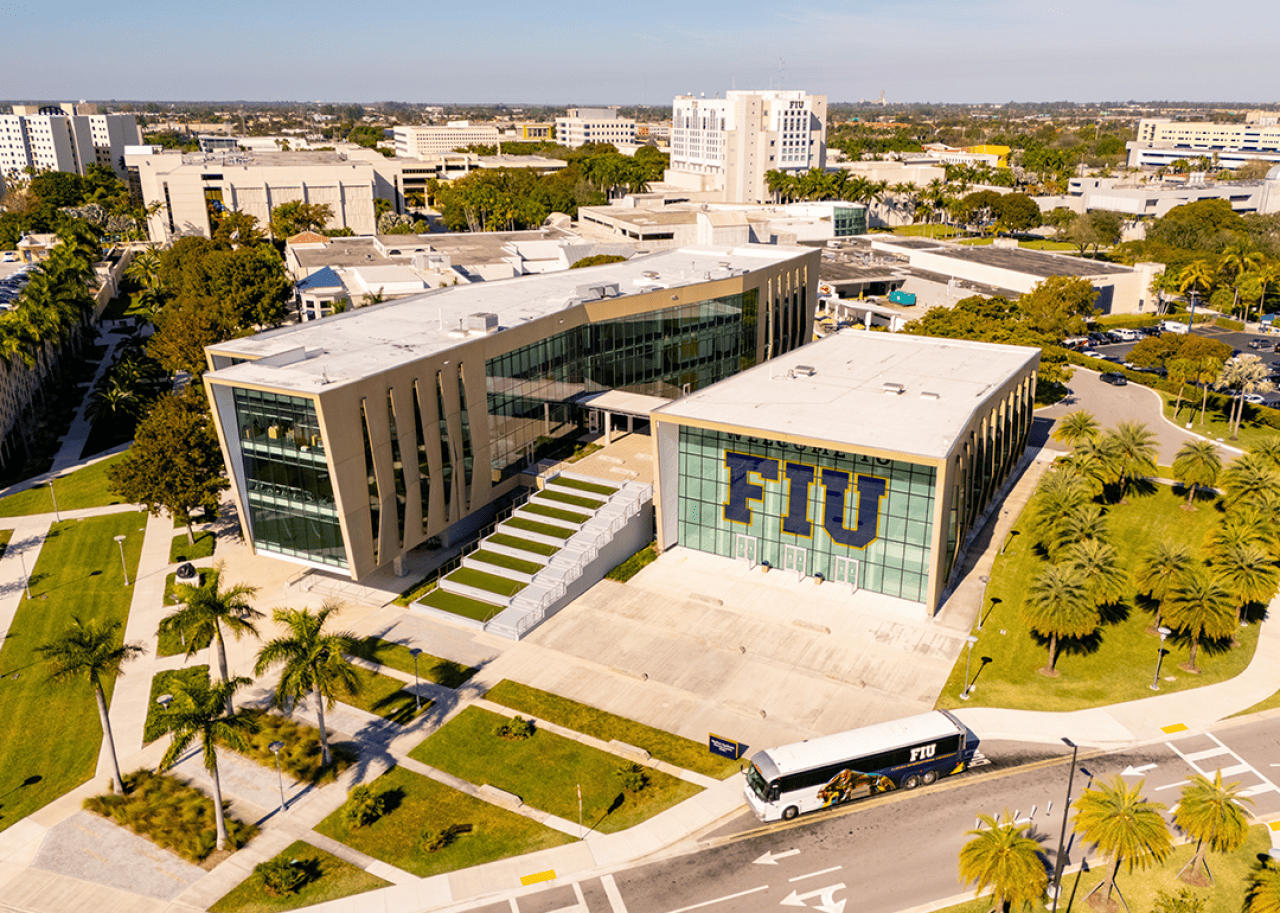
Felix Mizioznikov // Shutterstock
#23. Florida International University
– Location: Miami, FL
— Population: 487,014
– Overall Niche grade: A+
– Full-time undergraduate enrollment: 26,027
– Student-to-faculty ratio: 19:1
– Acceptance rate: 59%
– Typical SAT range: 1060-1250
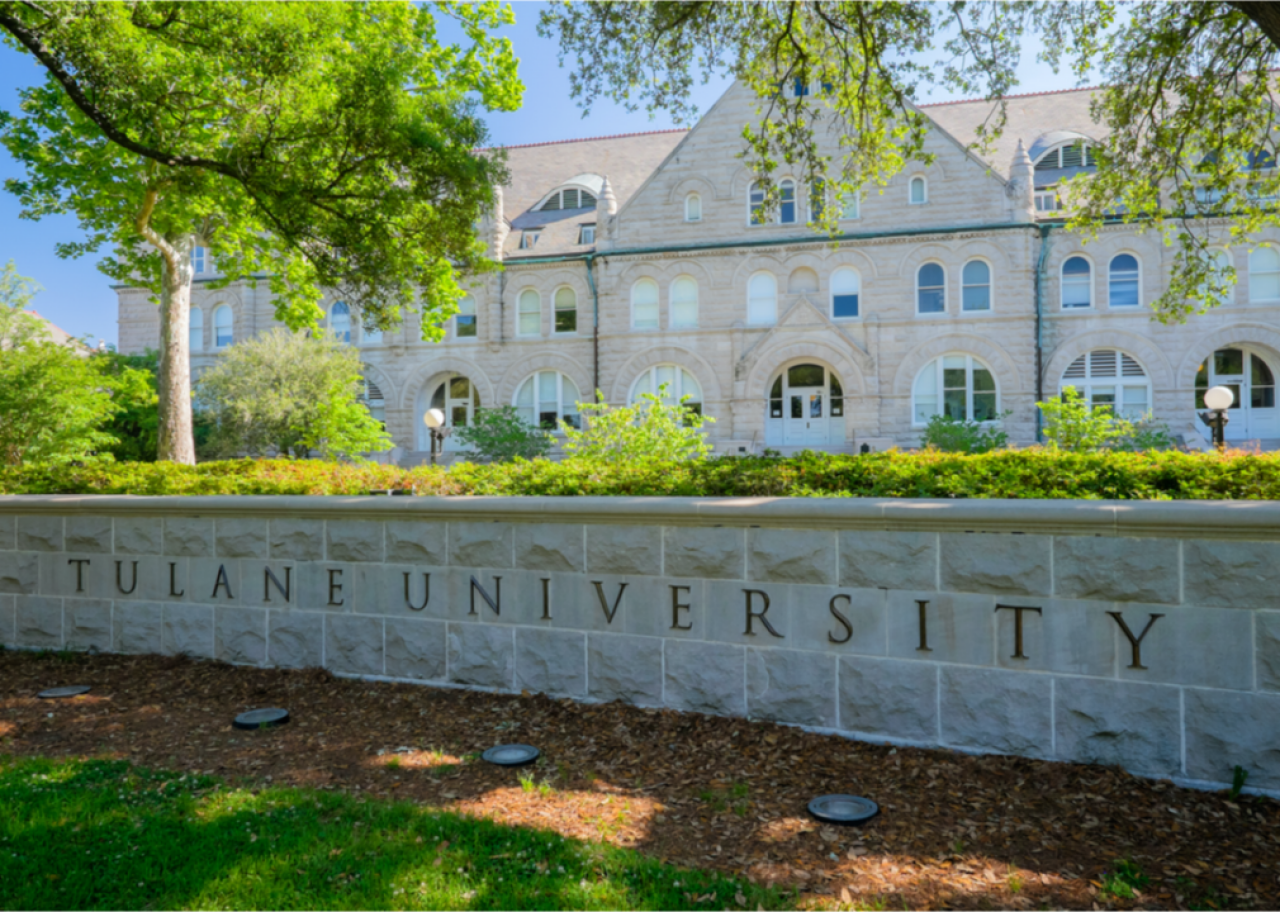
Fotoluminate LLC // Shutterstock
#22. Tulane University
– Location: New Orleans, LA
— Population: 362,701
– Overall Niche grade: A+
– Full-time undergraduate enrollment: 8,160
– Student-to-faculty ratio: 5:1
– Acceptance rate: 15%
– Typical SAT range: 1390-1510
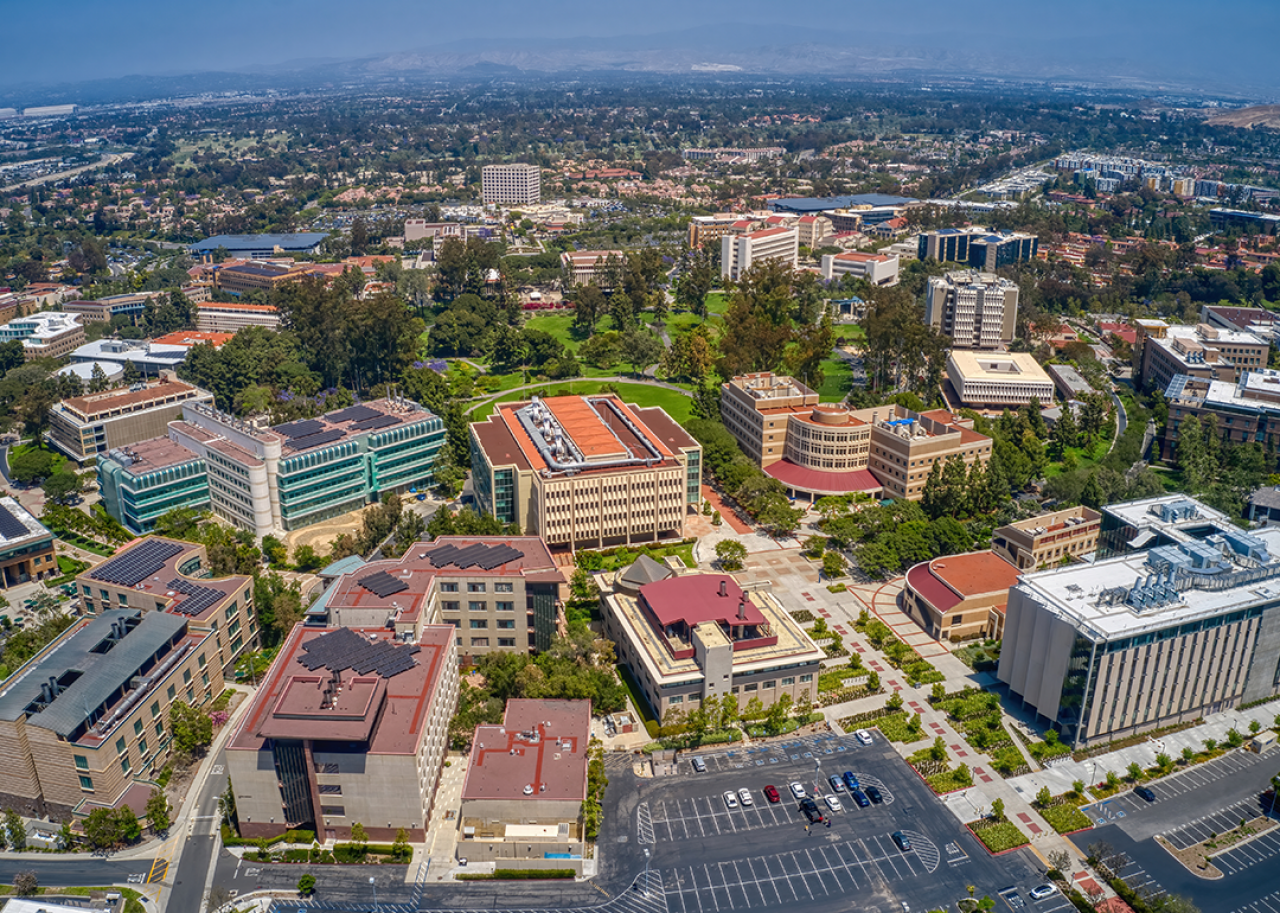
Jacob Boomsma // Shutterstock
#21. University of California – Irvine
– Location: Irvine, CA
— Population: 318,683
– Overall Niche grade: A+
– Full-time undergraduate enrollment: 28,884
– Student-to-faculty ratio: 12:1
– Acceptance rate: 26%
– Typical SAT range: 1230-1430
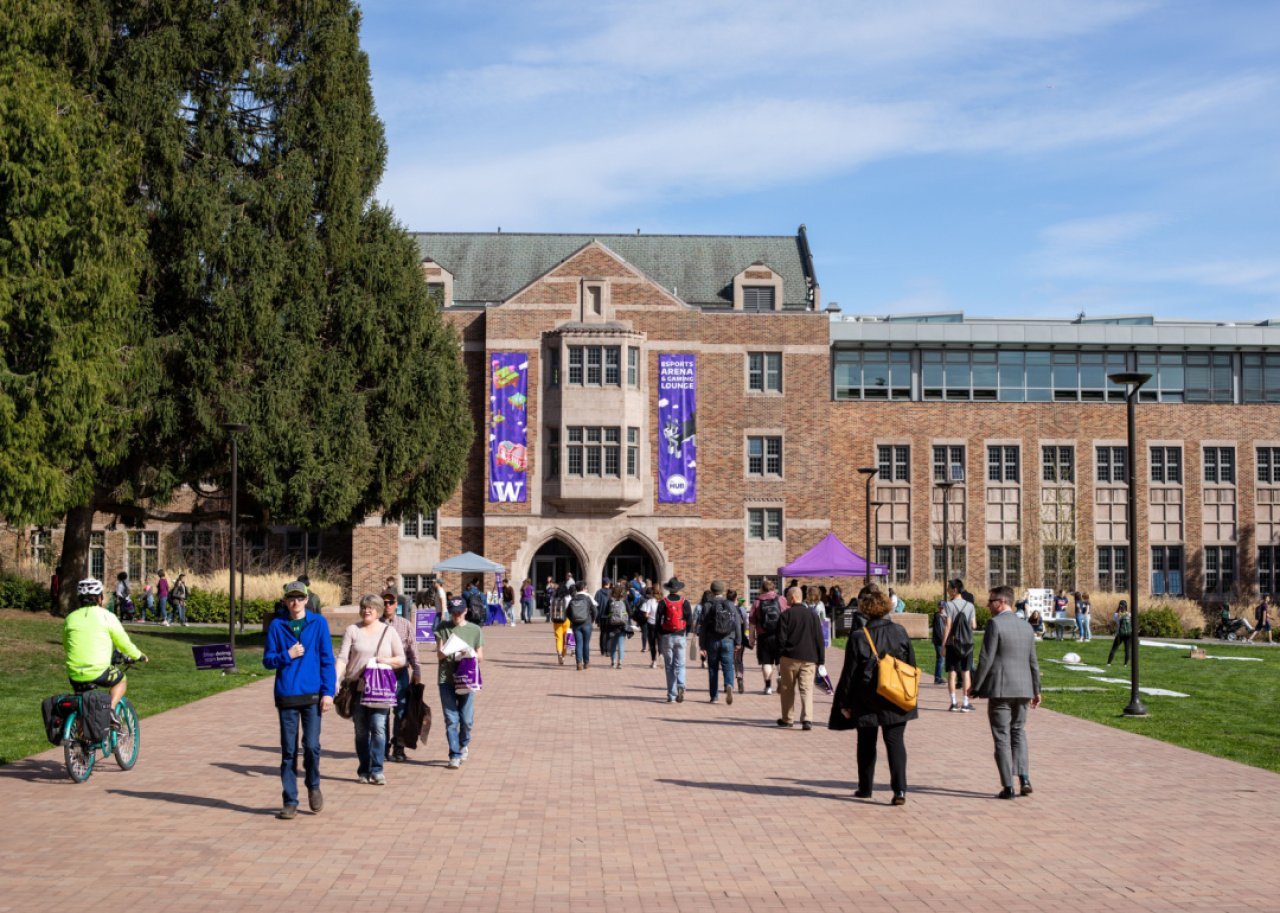
VDB Photos // Shutterstock
#20. University of Washington
– Location: Seattle, WA
— Population: 780,995
– Overall Niche grade: A+
– Full-time undergraduate enrollment: 29,863
– Student-to-faculty ratio: 6:1
– Acceptance rate: 43%
– Typical SAT range: not available
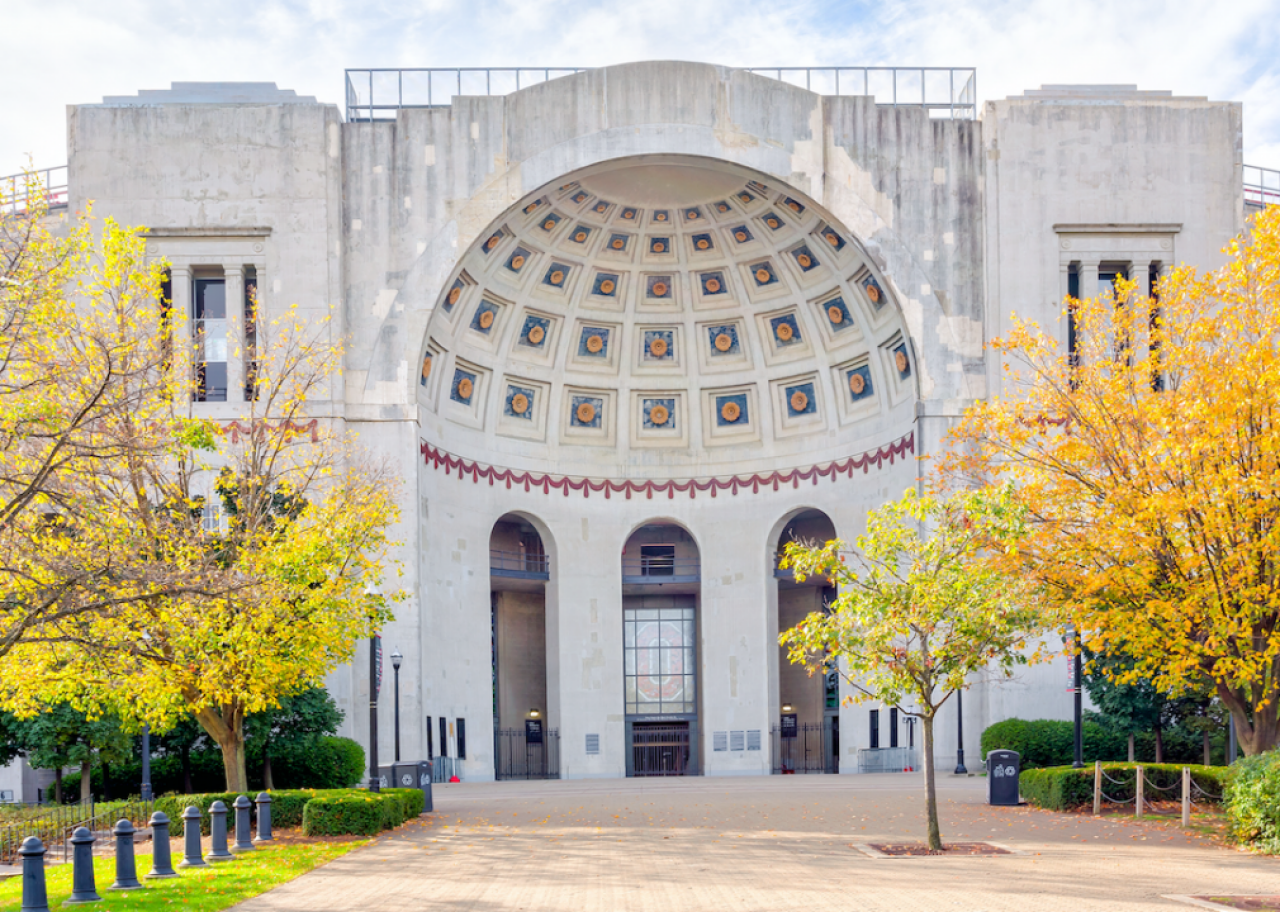
Ken Wolter // Shutterstock
#19. The Ohio State University
– Location: Columbus, OH
— Population: 933,263
– Overall Niche grade: A+
– Full-time undergraduate enrollment: 41,983
– Student-to-faculty ratio: 7:1
– Acceptance rate: 51%
– Typical SAT range: 1330-1480

Here Now // Shutterstock
#18. Barnard College
– Location: New York, NY
— Population: 8,478,072
– Overall Niche grade: A+
– Full-time undergraduate enrollment: 3,183
– Student-to-faculty ratio: 10:1
– Acceptance rate: 8%
– Typical SAT range: 1450-1550
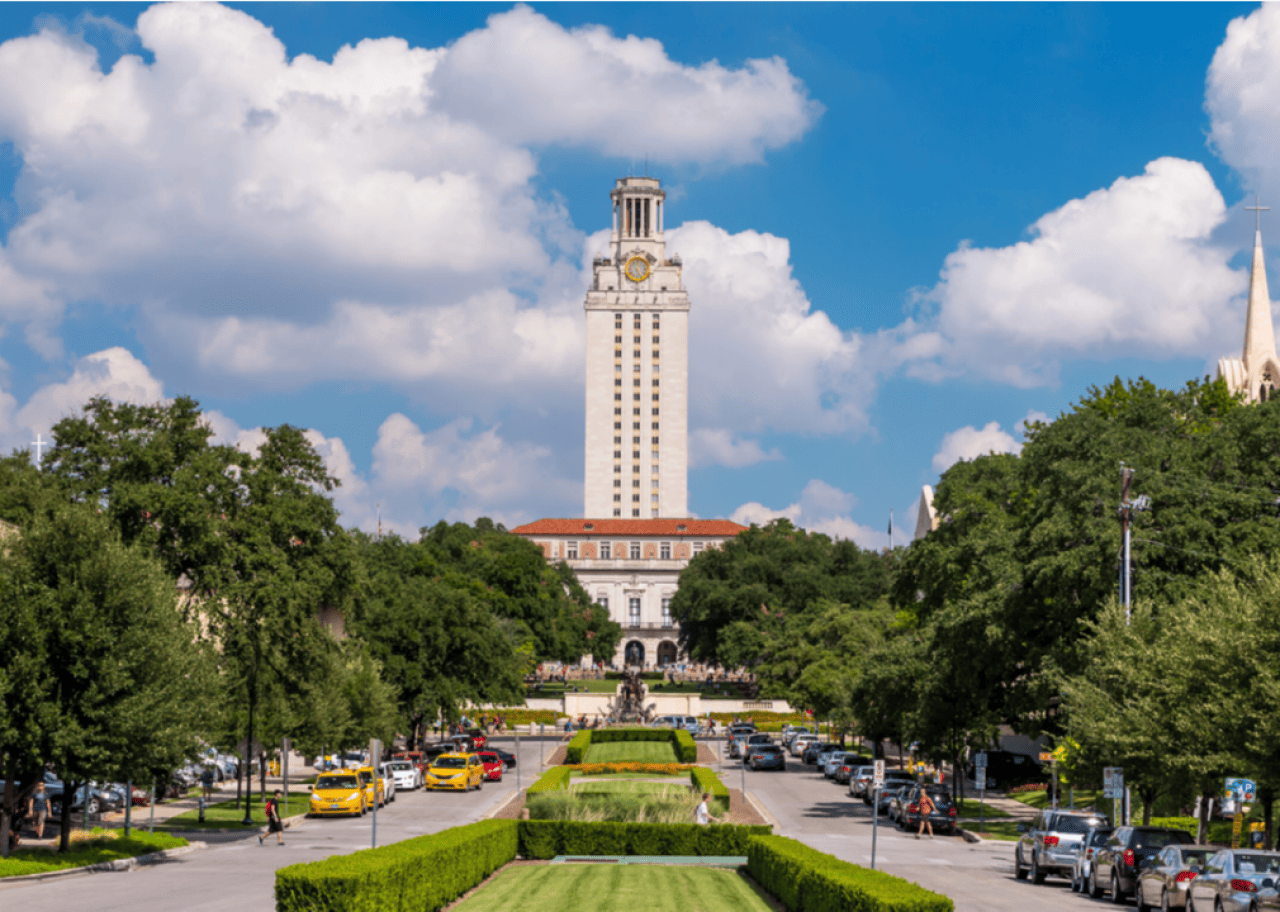
f11photo // Shutterstock
#17. University of Texas – Austin
– Location: Austin, TX
— Population: 993,588
– Overall Niche grade: A+
– Full-time undergraduate enrollment: 39,787
– Student-to-faculty ratio: 14:1
– Acceptance rate: 29%
– Typical SAT range: 1230-1490
Wangkun Jia // Shutterstock
#16. Northeastern University
– Location: Boston, MA
— Population: 673,458
– Overall Niche grade: A+
– Full-time undergraduate enrollment: 15,857
– Student-to-faculty ratio: 8:1
– Acceptance rate: 6%
– Typical SAT range: 1460-1550
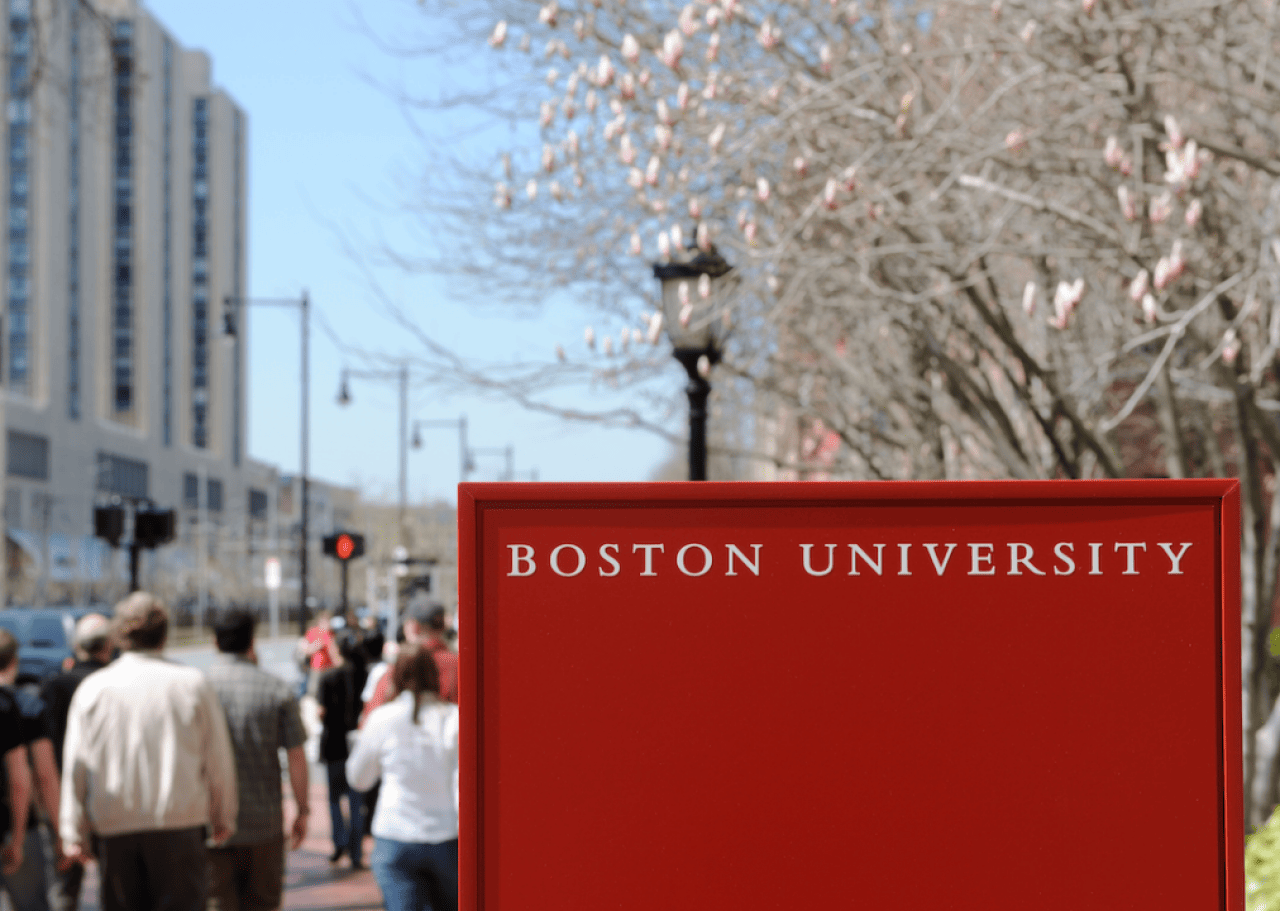
Jorge Salcedo // Shutterstock
#15. Boston University
– Location: Boston, MA
— Population: 673,458
– Overall Niche grade: A+
– Full-time undergraduate enrollment: 17,899
– Student-to-faculty ratio: 5:1
– Acceptance rate: 11%
– Typical SAT range: 1400-1520
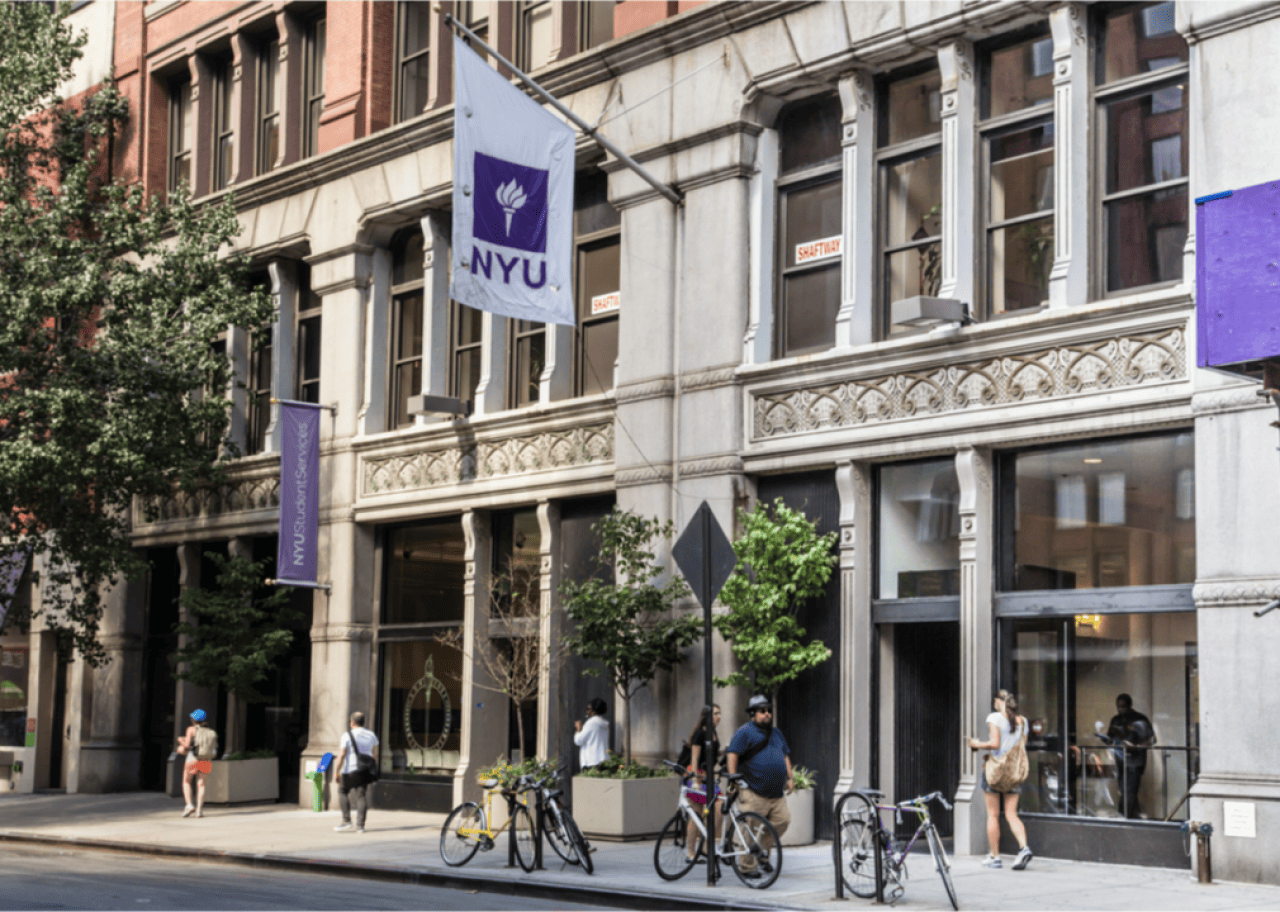
littlenySTOCK // Shutterstock
#14. New York University
– Location: New York, NY
— Population: 8,478,072
– Overall Niche grade: A+
– Full-time undergraduate enrollment: 28,692
– Student-to-faculty ratio: 3:1
– Acceptance rate: 9%
– Typical SAT range: 1480-1570
EQRoy // Shutterstock
#13. Emory University
– Location: Atlanta, GA
— Population: 520,070
– Overall Niche grade: A+
– Full-time undergraduate enrollment: 7,263
– Student-to-faculty ratio: 4:1
– Acceptance rate: 11%
– Typical SAT range: 1460-1550
EQRoy // Shutterstock
#12. Georgia Institute of Technology
– Location: Atlanta, GA
— Population: 520,070
– Overall Niche grade: A+
– Full-time undergraduate enrollment: 17,171
– Student-to-faculty ratio: 13:1
– Acceptance rate: 16%
– Typical SAT range: 1330-1530

Hanson L // Shutterstock
#11. University of Southern California
– Location: Los Angeles, CA
— Population: 3,878,704
– Overall Niche grade: A+
– Full-time undergraduate enrollment: 20,502
– Student-to-faculty ratio: 7:1
– Acceptance rate: 10%
– Typical SAT range: 1440-1550
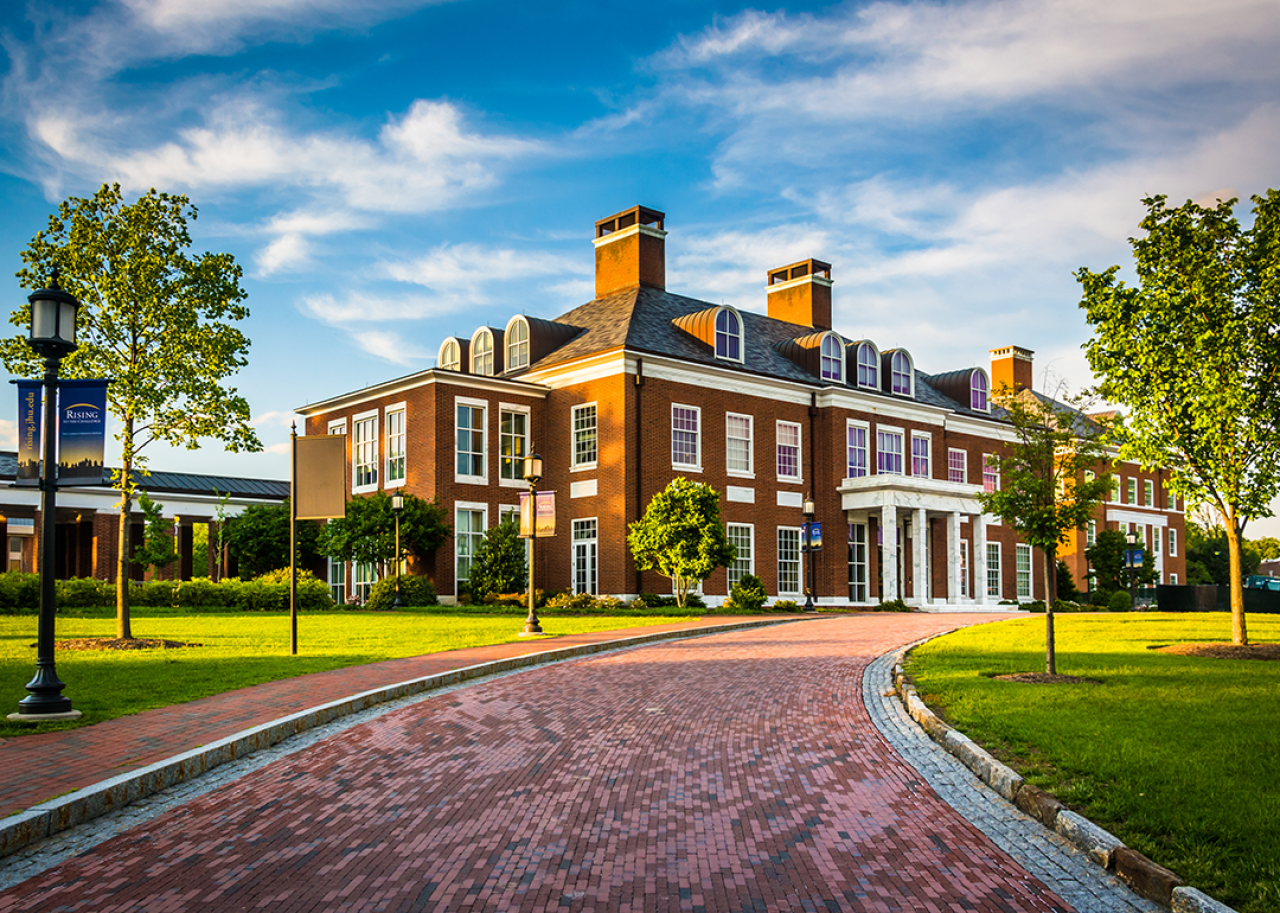
Jon Bilous // Shutterstock
#10. Johns Hopkins University
– Location: Baltimore, MD
— Population: 568,271
– Overall Niche grade: A+
– Full-time undergraduate enrollment: 5,607
– Student-to-faculty ratio: 1:1
– Acceptance rate: 8%
– Typical SAT range: 1530-1580
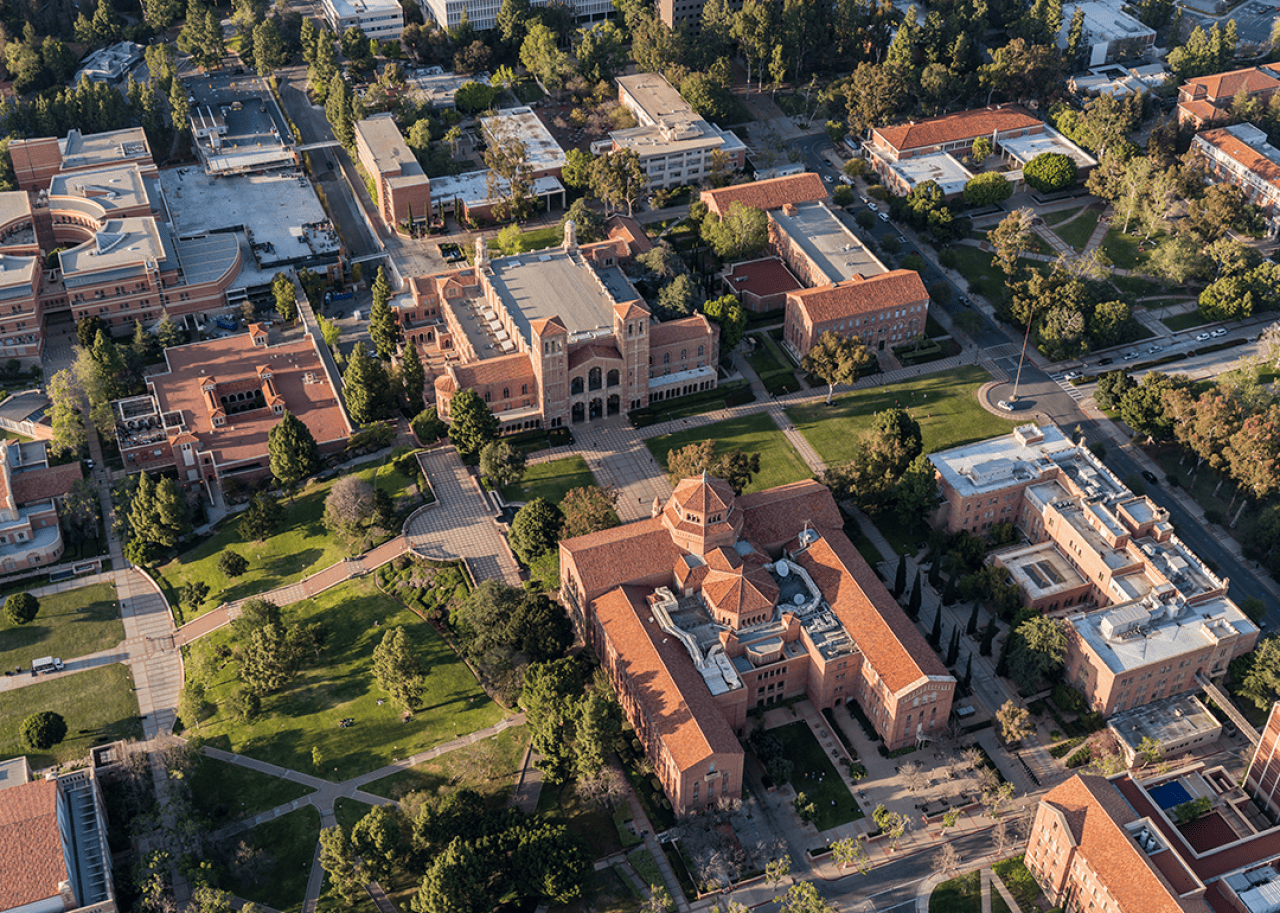
trekandshoot // Shutterstock
#9. University of California – Los Angeles
– Location: Los Angeles, CA
— Population: 3,878,704
– Overall Niche grade: A+
– Full-time undergraduate enrollment: 32,472
– Student-to-faculty ratio: 7:1
– Acceptance rate: 9%
– Typical SAT range: not available
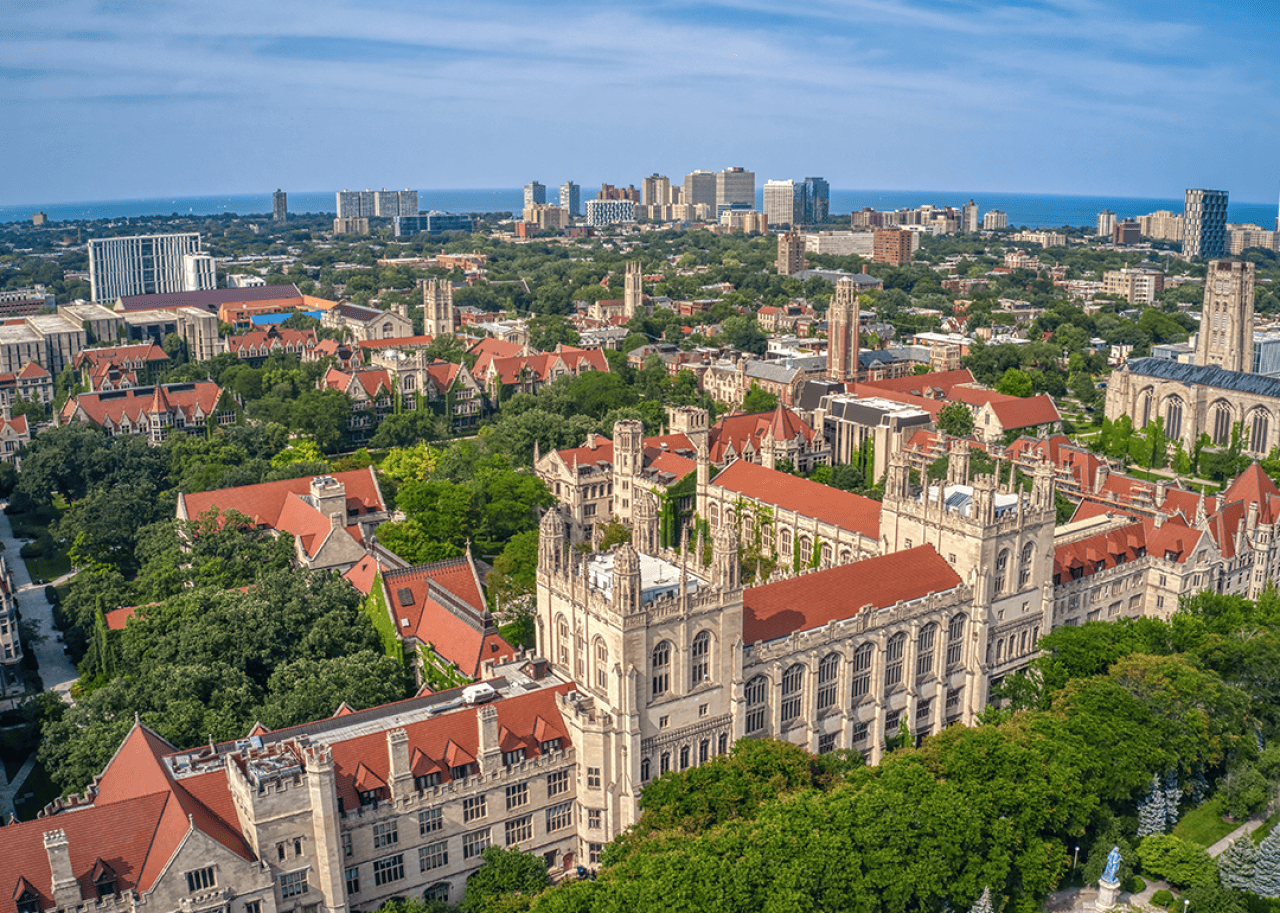
Jacob Boomsma // Shutterstock
#8. University of Chicago
– Location: Chicago, IL
— Population: 2,721,308
– Overall Niche grade: A+
– Full-time undergraduate enrollment: 7,617
– Student-to-faculty ratio: 3:1
– Acceptance rate: 5%
– Typical SAT range: 1510-1570
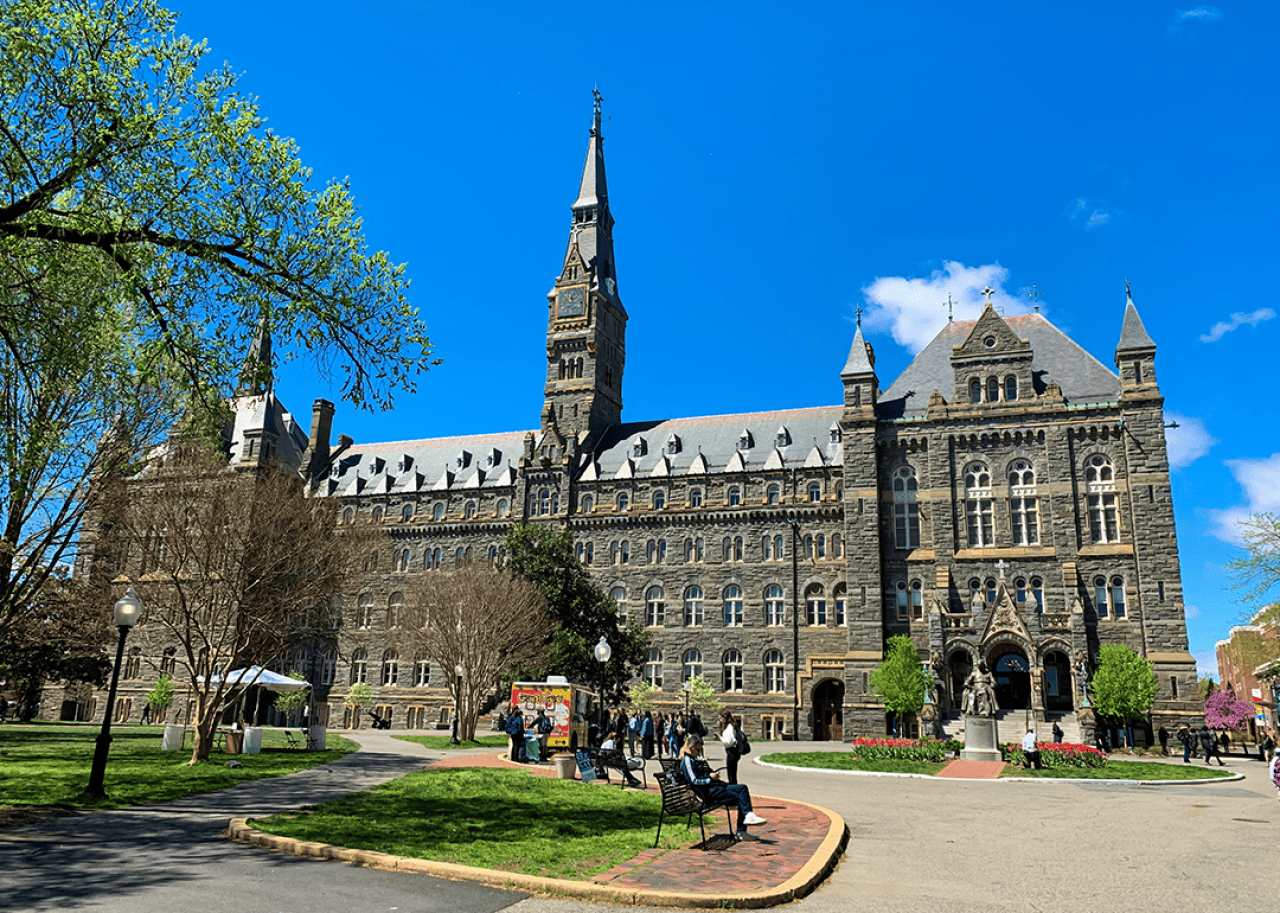
LnP images // Shutterstock
#7. Georgetown University
– Location: Washington, DC
— Population: 702,250
– Overall Niche grade: A+
– Full-time undergraduate enrollment: 7,220
– Student-to-faculty ratio: 4:1
– Acceptance rate: 13%
– Typical SAT range: 1390-1550
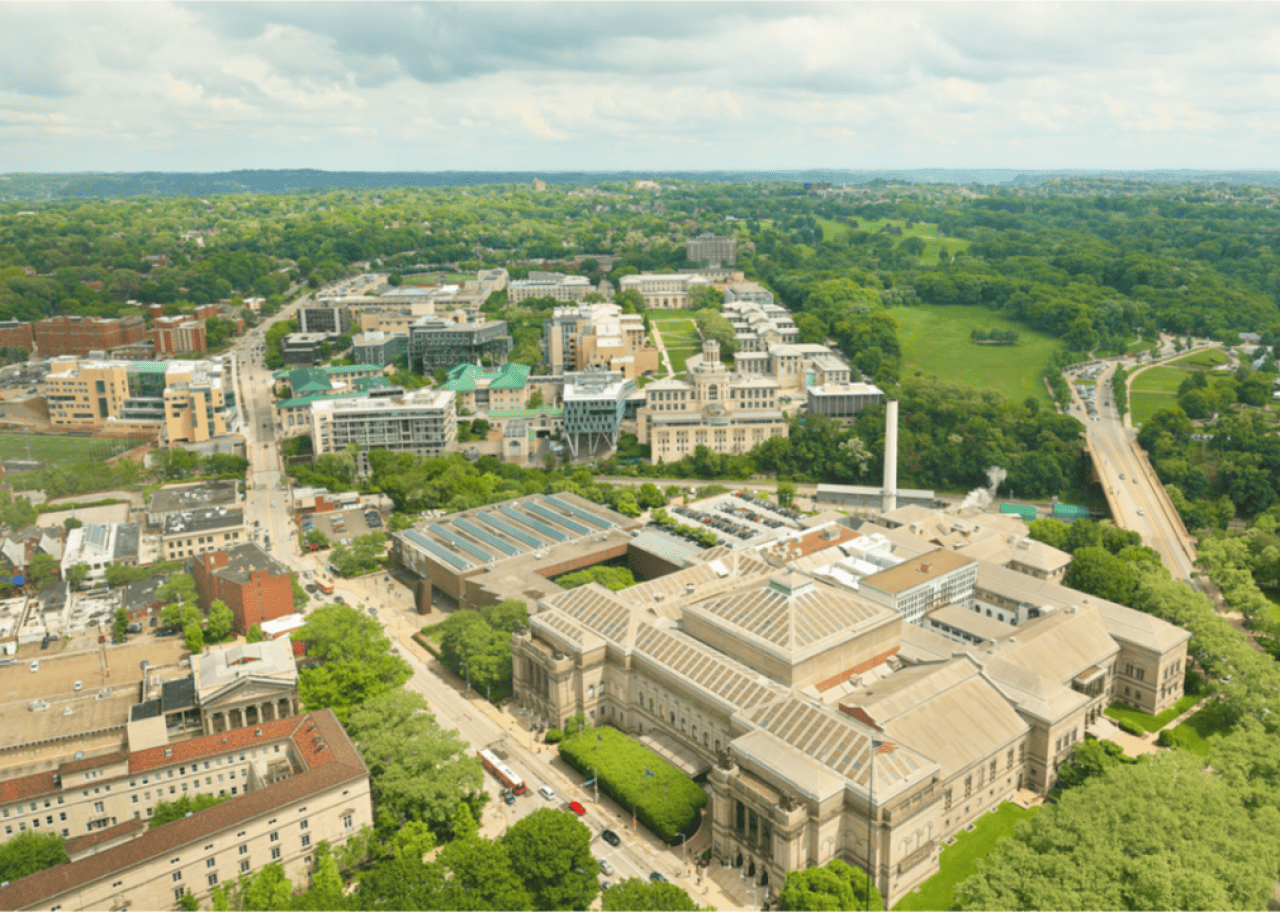
Jay Yuan // Shutterstock
#6. Carnegie Mellon University
– Location: Pittsburgh, PA
— Population: 307,668
– Overall Niche grade: A+
– Full-time undergraduate enrollment: 7,133
– Student-to-faculty ratio: 5:1
– Acceptance rate: 11%
– Typical SAT range: 1500-1570
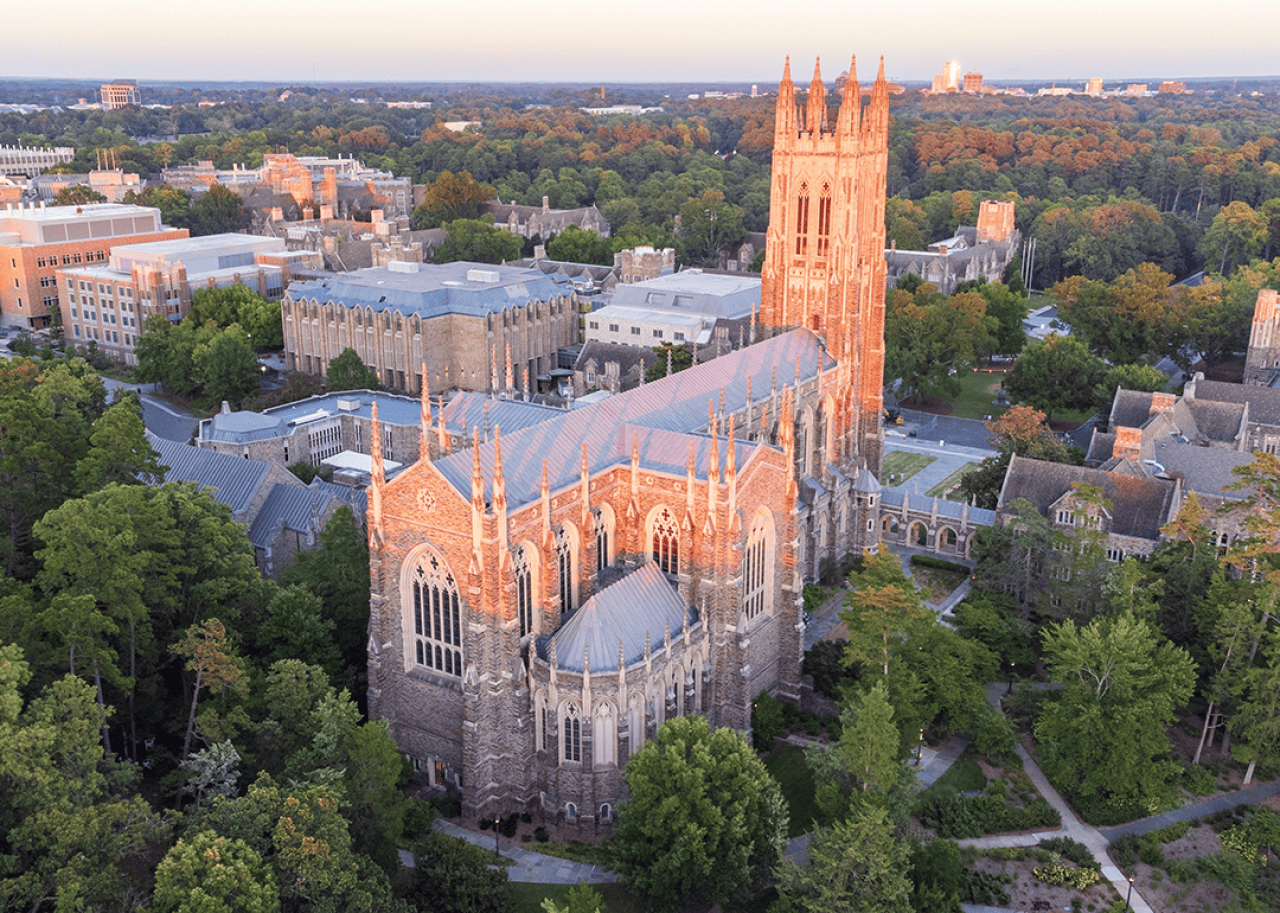
Chad Robertson Media // Shutterstock
#5. Duke University
– Location: Durham, NC
— Population: 301,870
– Overall Niche grade: A+
– Full-time undergraduate enrollment: 6,474
– Student-to-faculty ratio: 1:1
– Acceptance rate: 7%
– Typical SAT range: 1510-1570
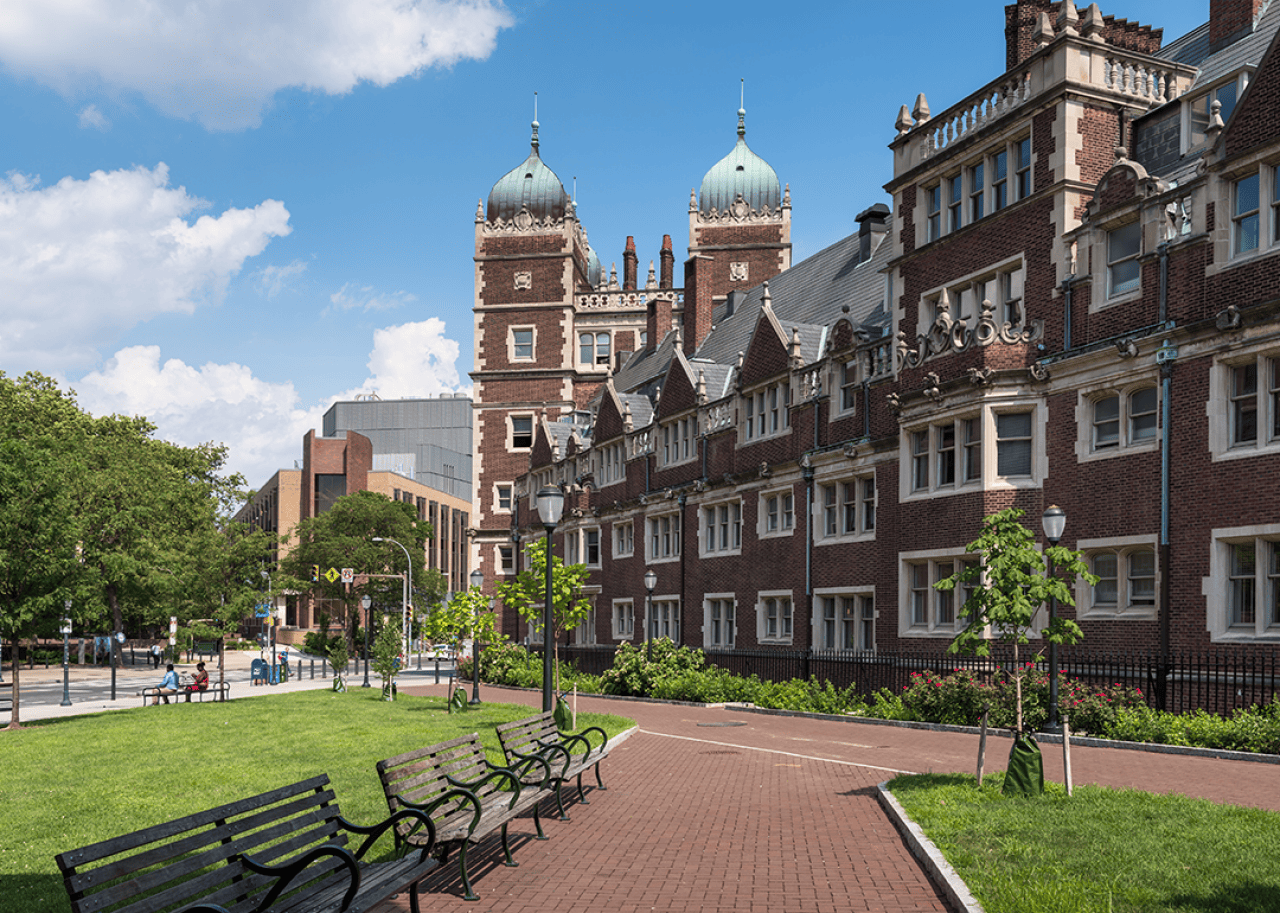
SINITAR // Shutterstock
#4. University of Pennsylvania
– Location: Philadelphia, PA
— Population: 1,573,916
– Overall Niche grade: A+
– Full-time undergraduate enrollment: 10,610
– Student-to-faculty ratio: 5:1
– Acceptance rate: 6%
– Typical SAT range: 1500-1570
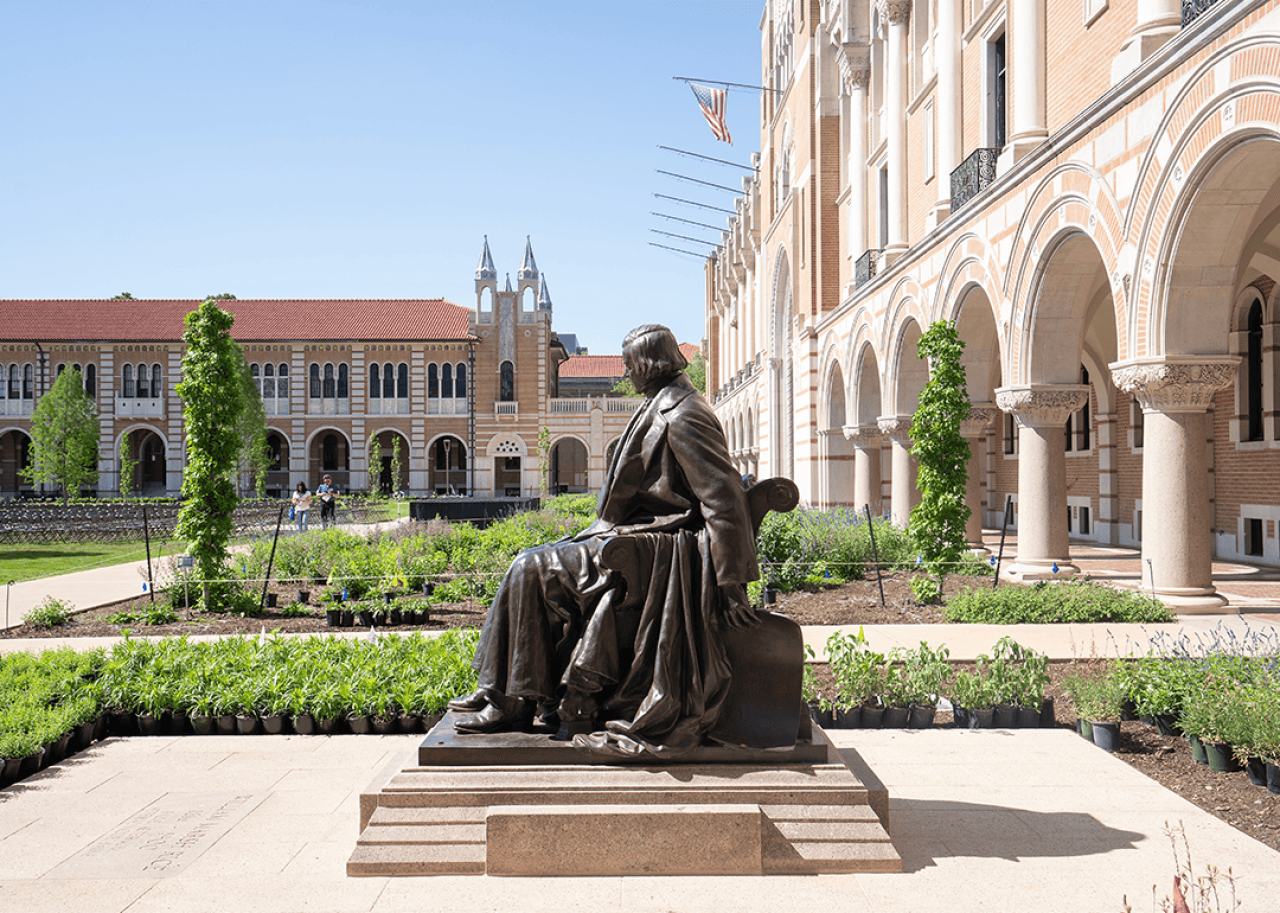
Tada Images // Shutterstock
#3. Rice University
– Location: Houston, TX
— Population: 2,390,125
– Overall Niche grade: A+
– Full-time undergraduate enrollment: 4,483
– Student-to-faculty ratio: 5:1
– Acceptance rate: 8%
– Typical SAT range: 1500-1570
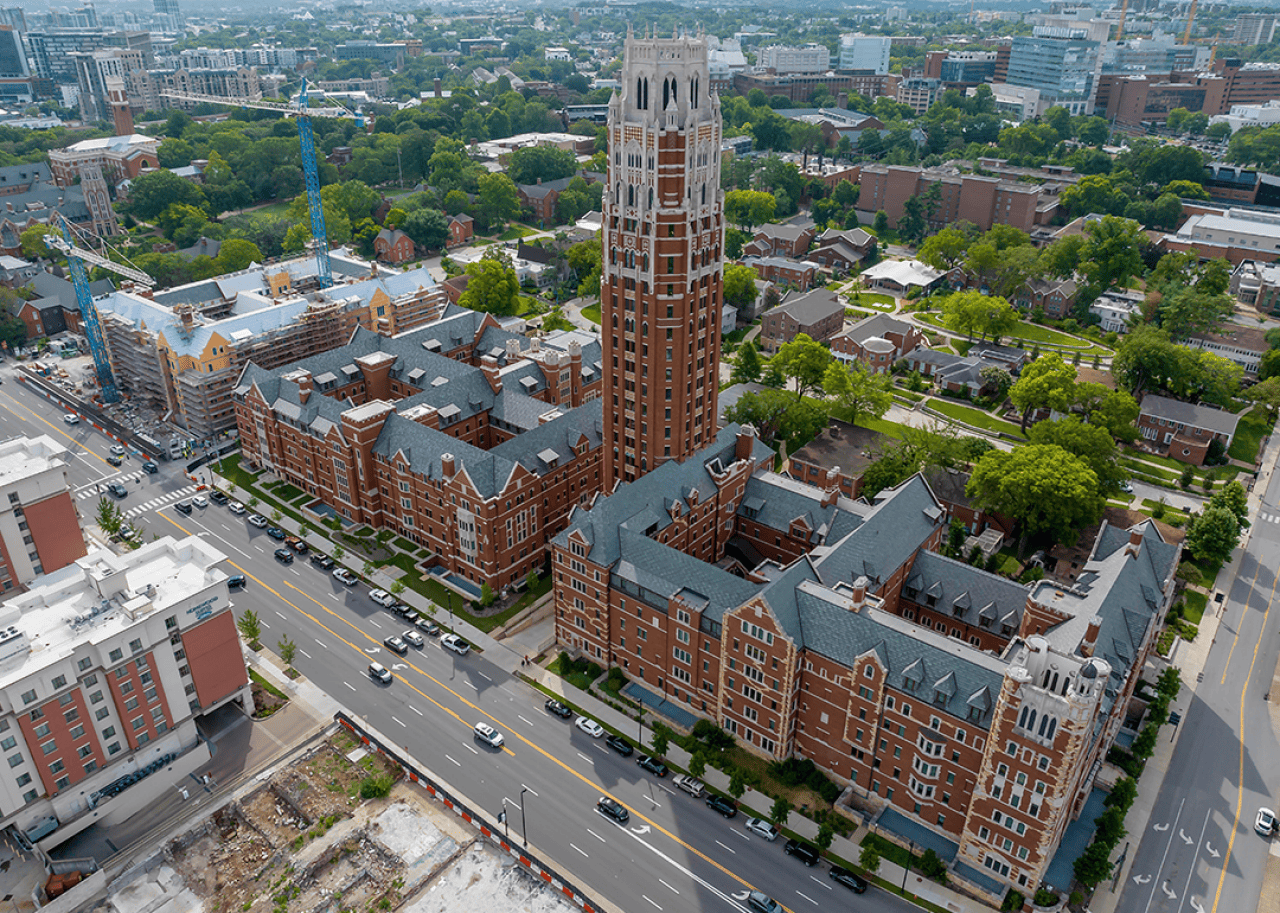
Grindstone Media Group // Shutterstock
#2. Vanderbilt University
– Location: Nashville, TN
— Population: 704,963
– Overall Niche grade: A+
– Full-time undergraduate enrollment: 7,146
– Student-to-faculty ratio: 5:1
– Acceptance rate: 6%
– Typical SAT range: 1510-1560
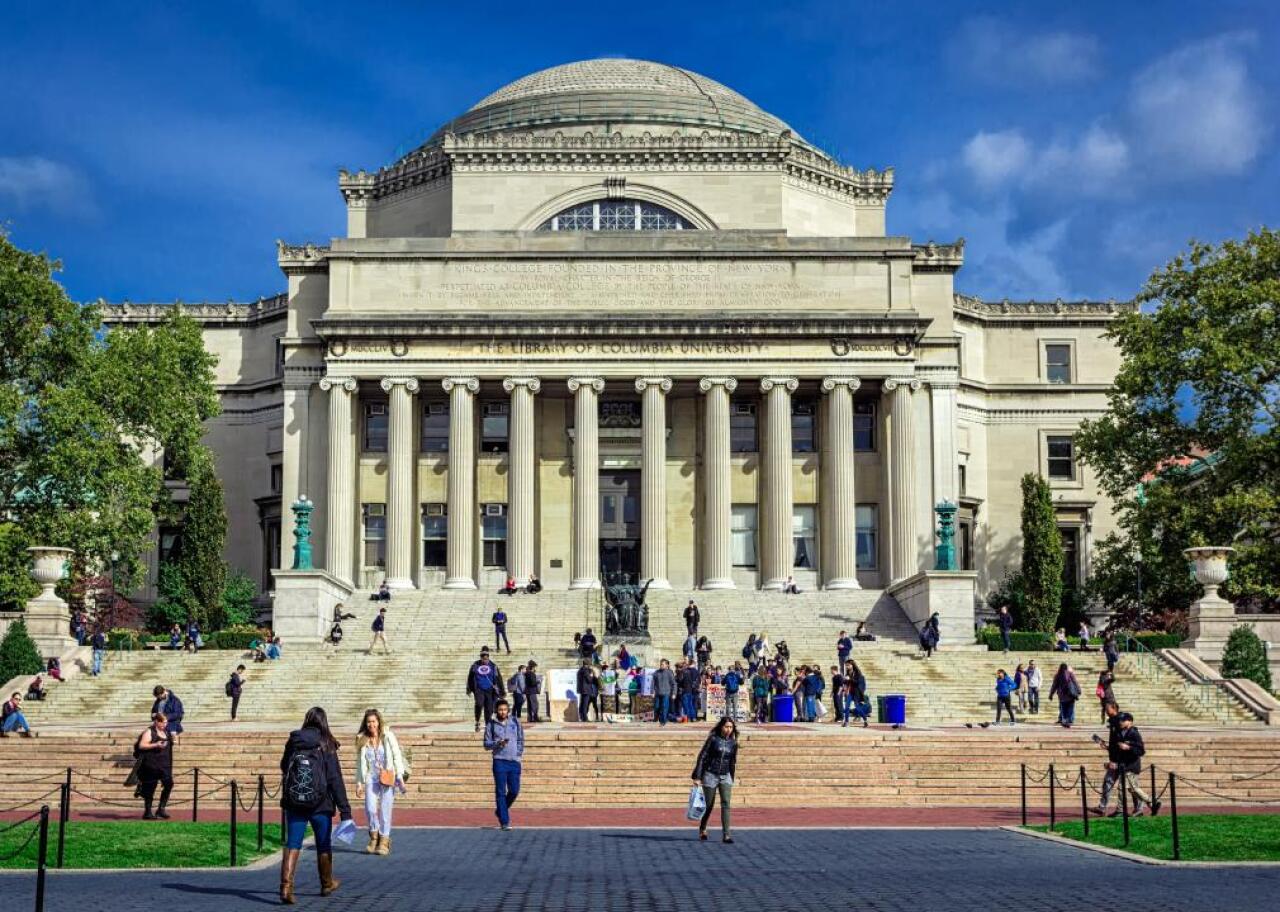
Dmitrii Sakharov // Shutterstock
#1. Columbia University
– Location: New York, NY
— Population: 8,478,072
– Overall Niche grade: A+
– Full-time undergraduate enrollment: 8,428
– Student-to-faculty ratio: 2:1
– Acceptance rate: 4%
– Typical SAT range: 1490-1570
Additional writing by Jill Jaracz.
![]()

